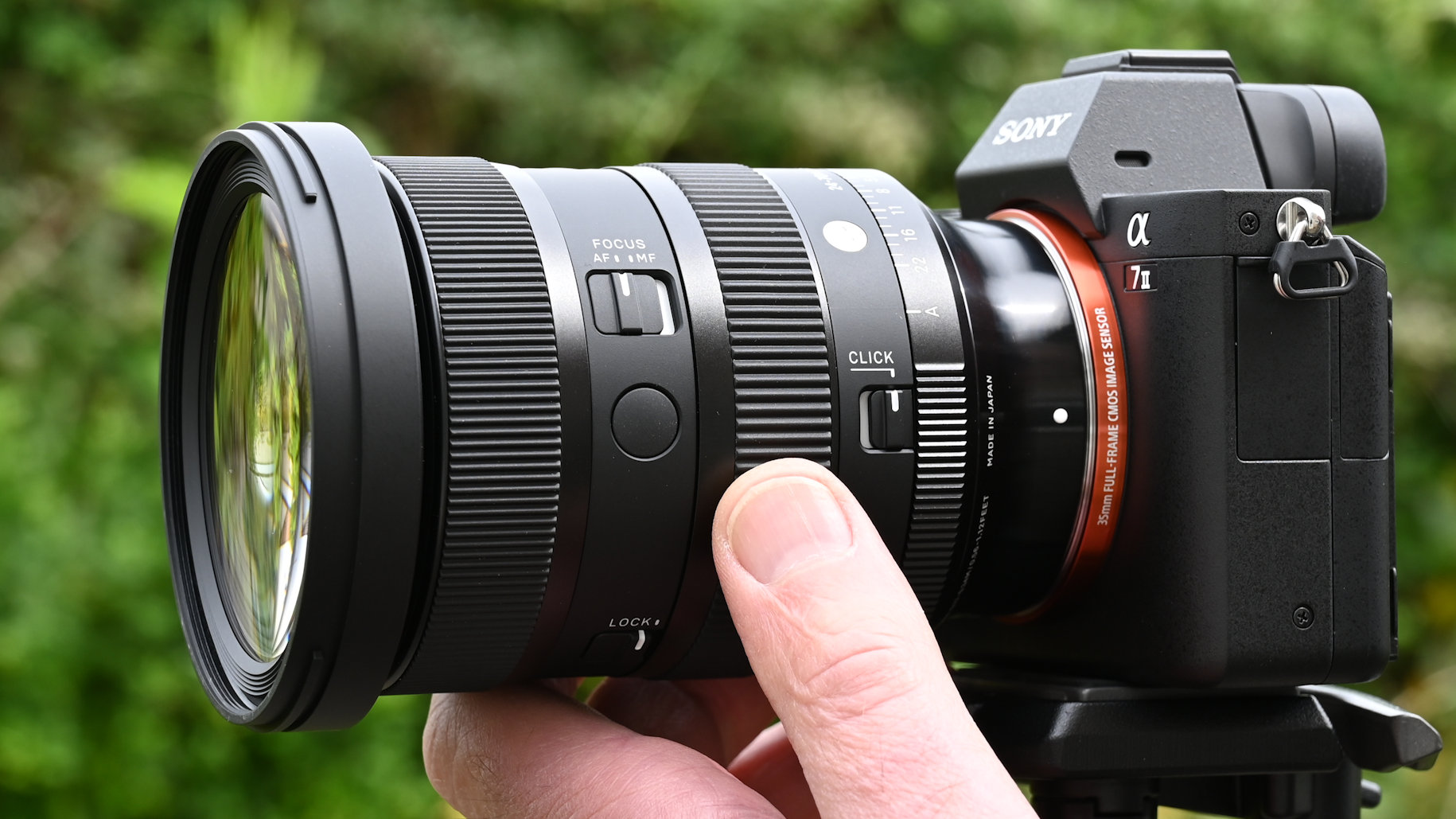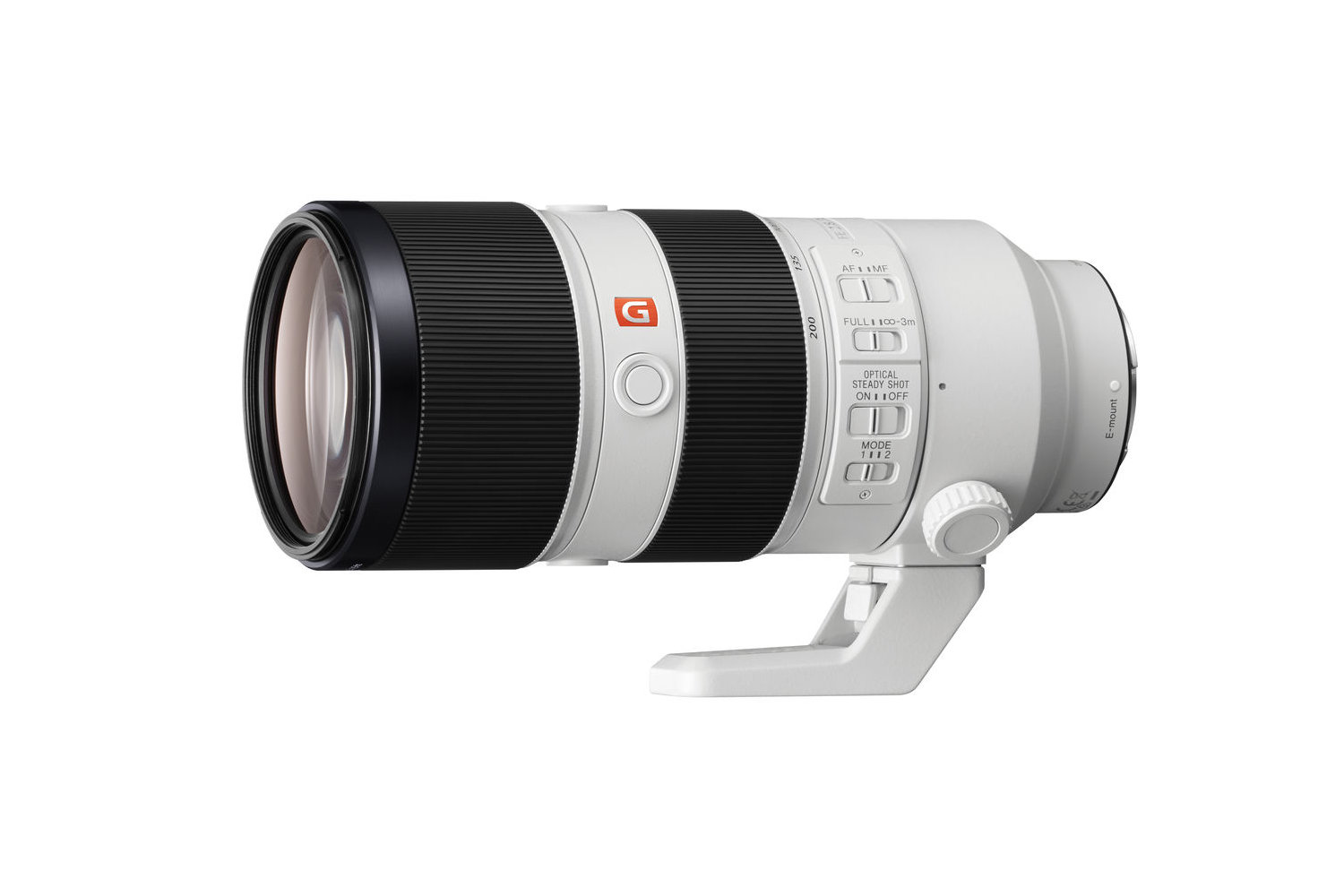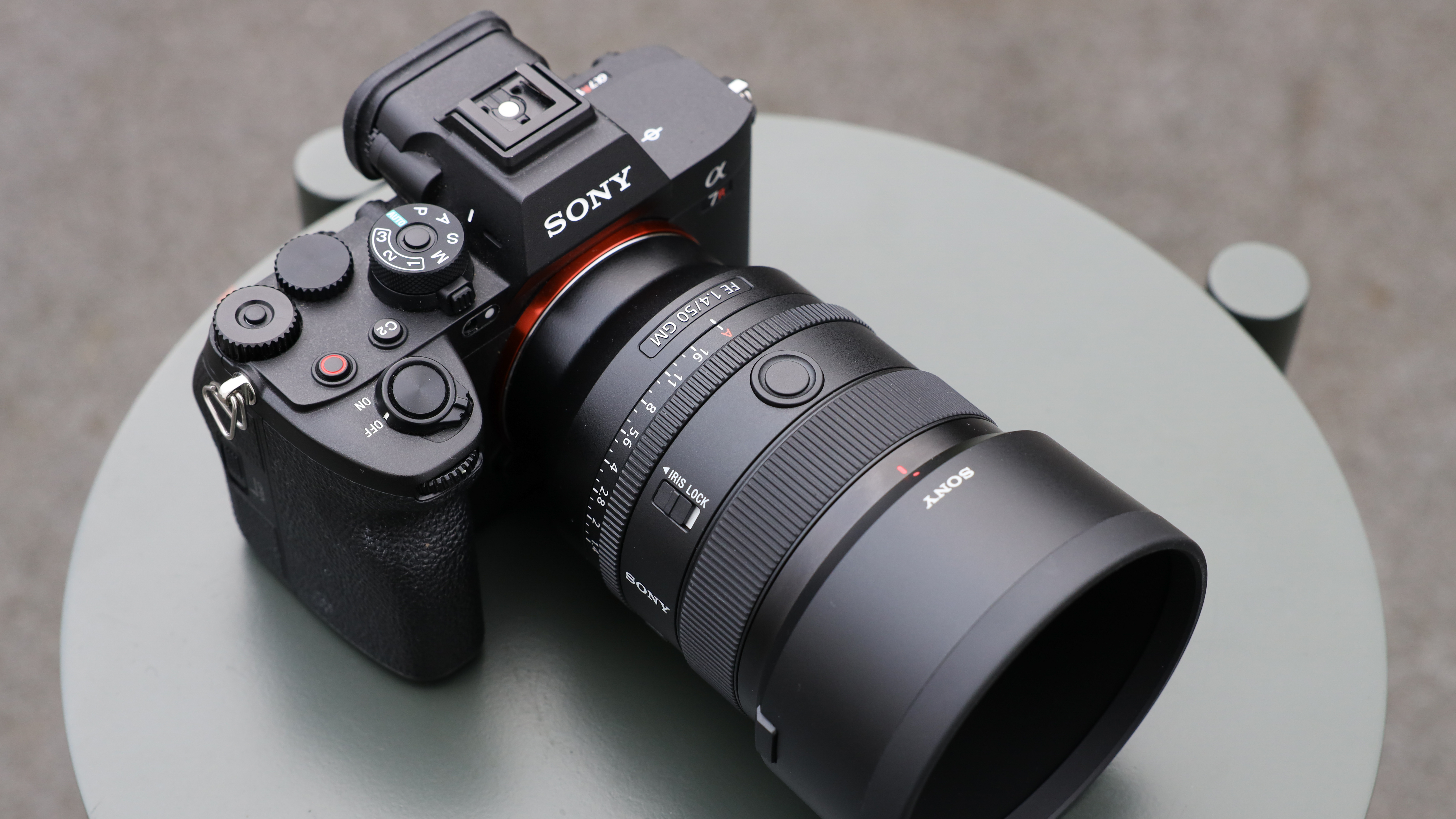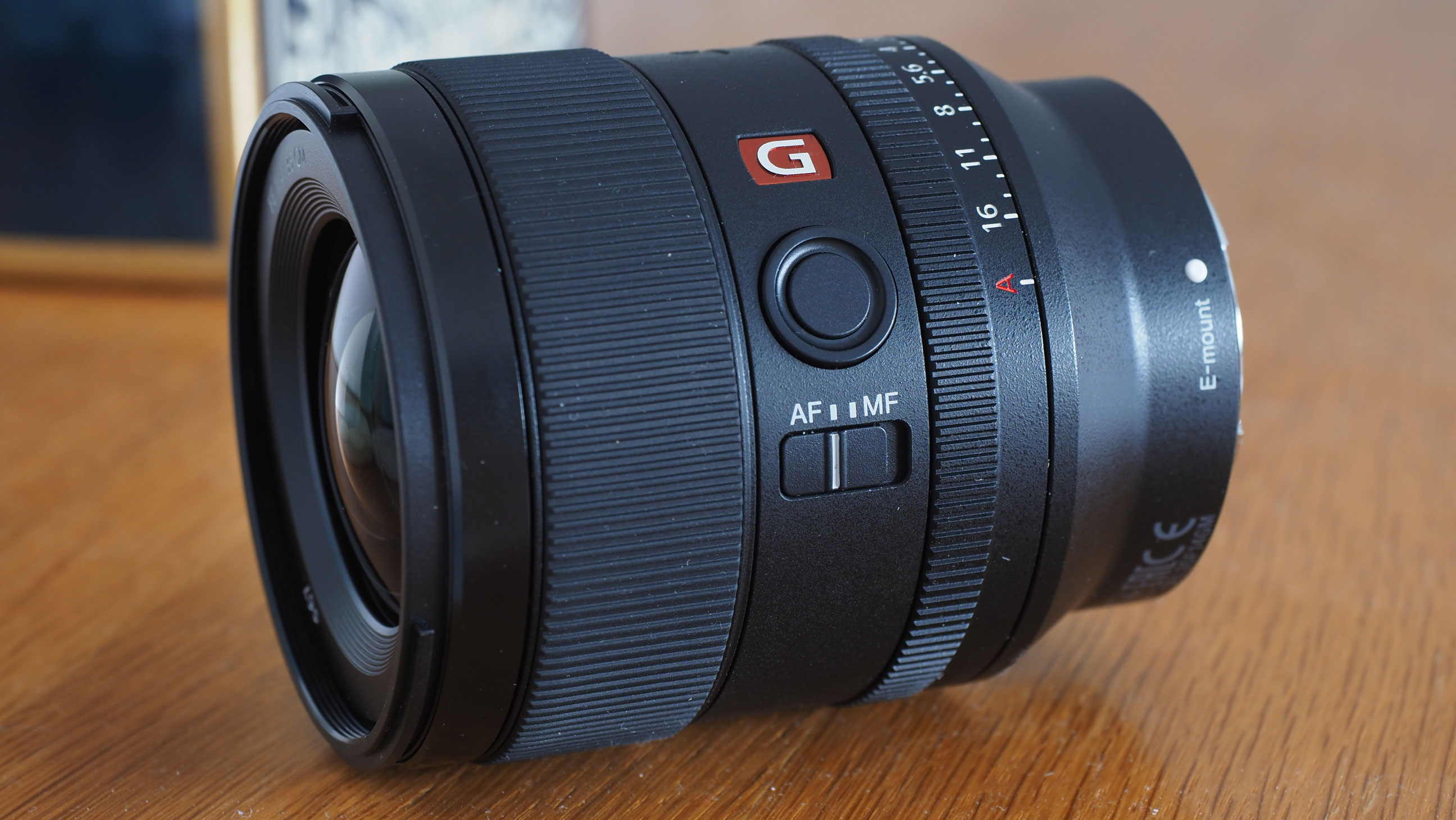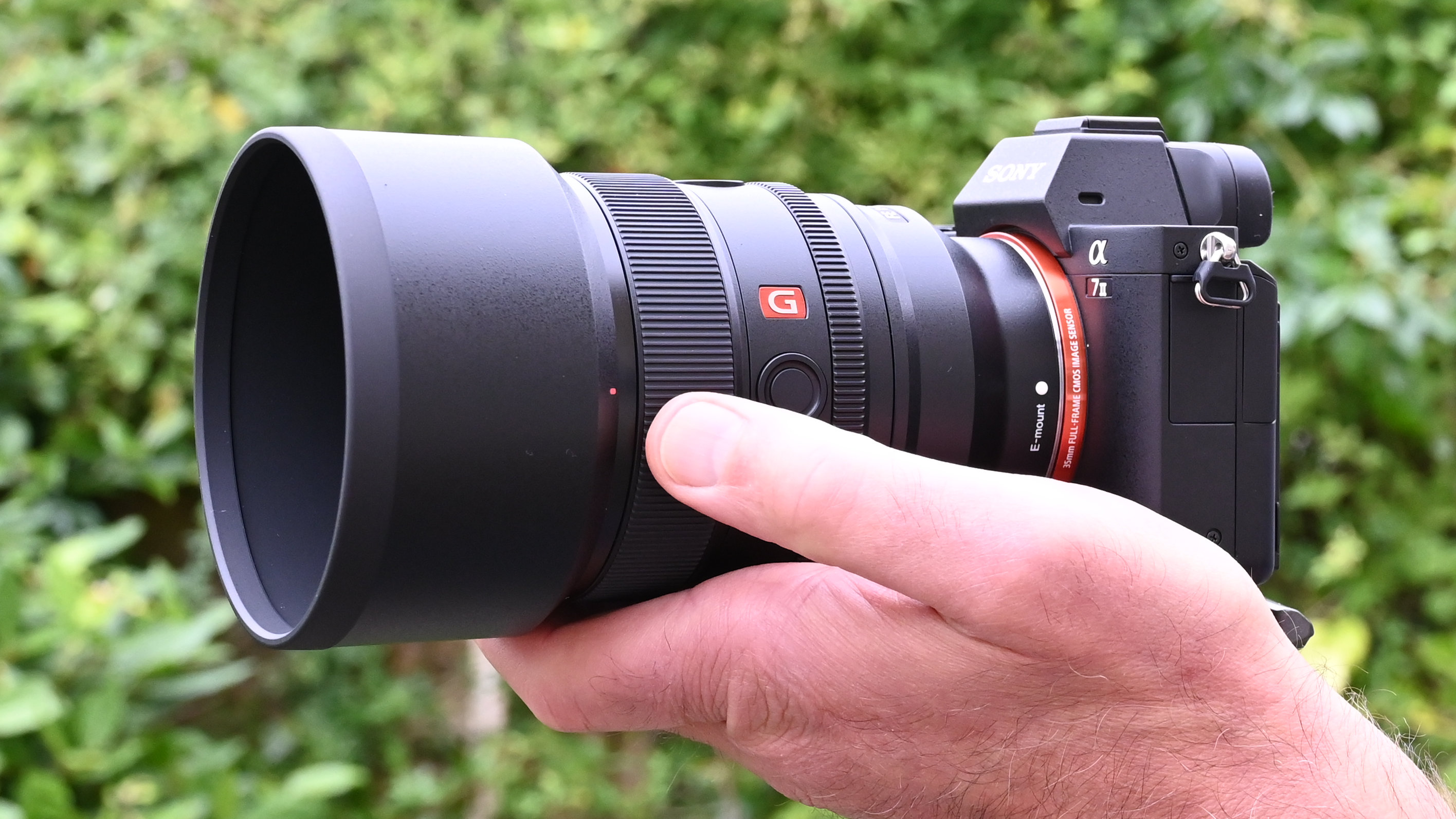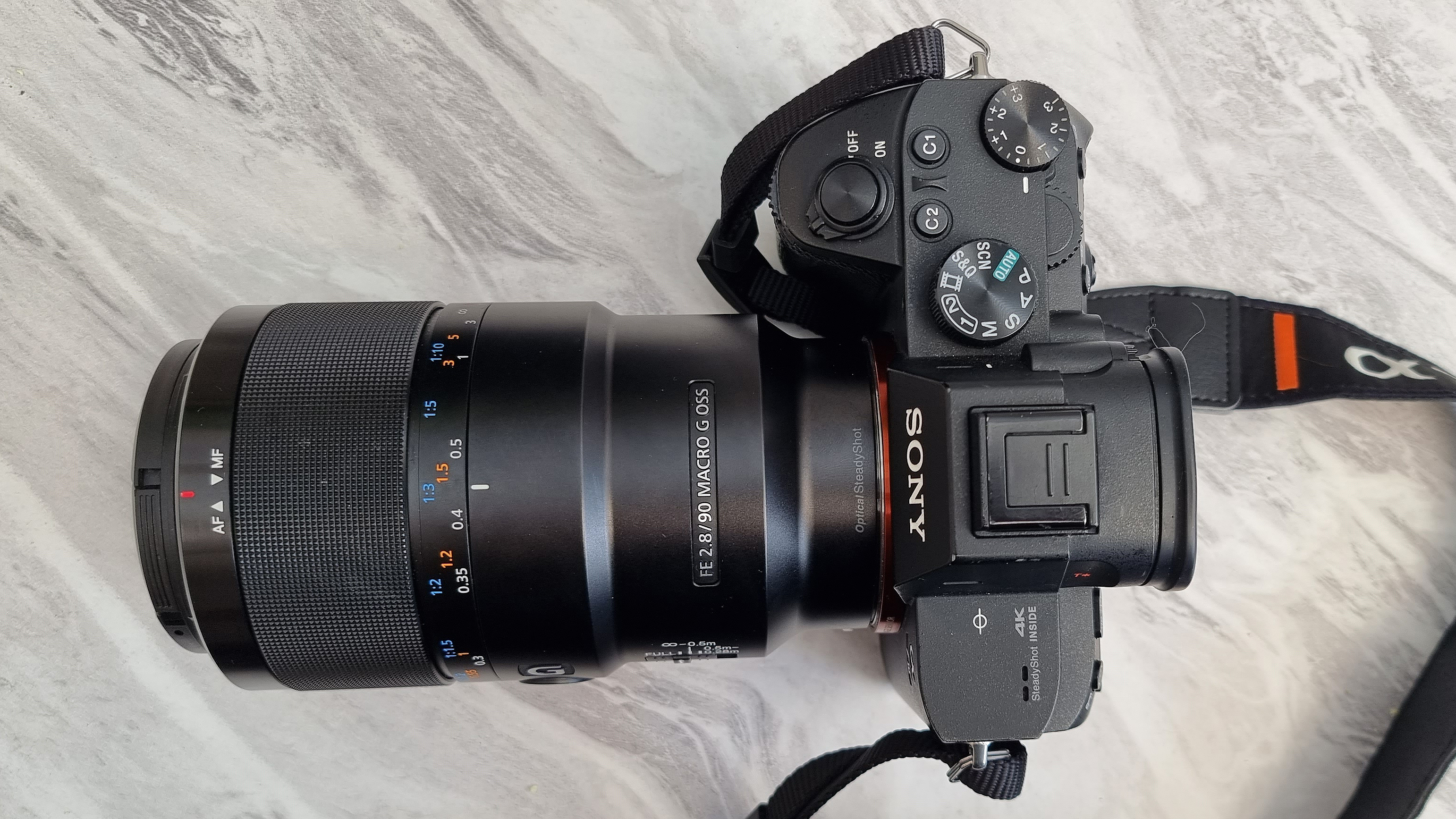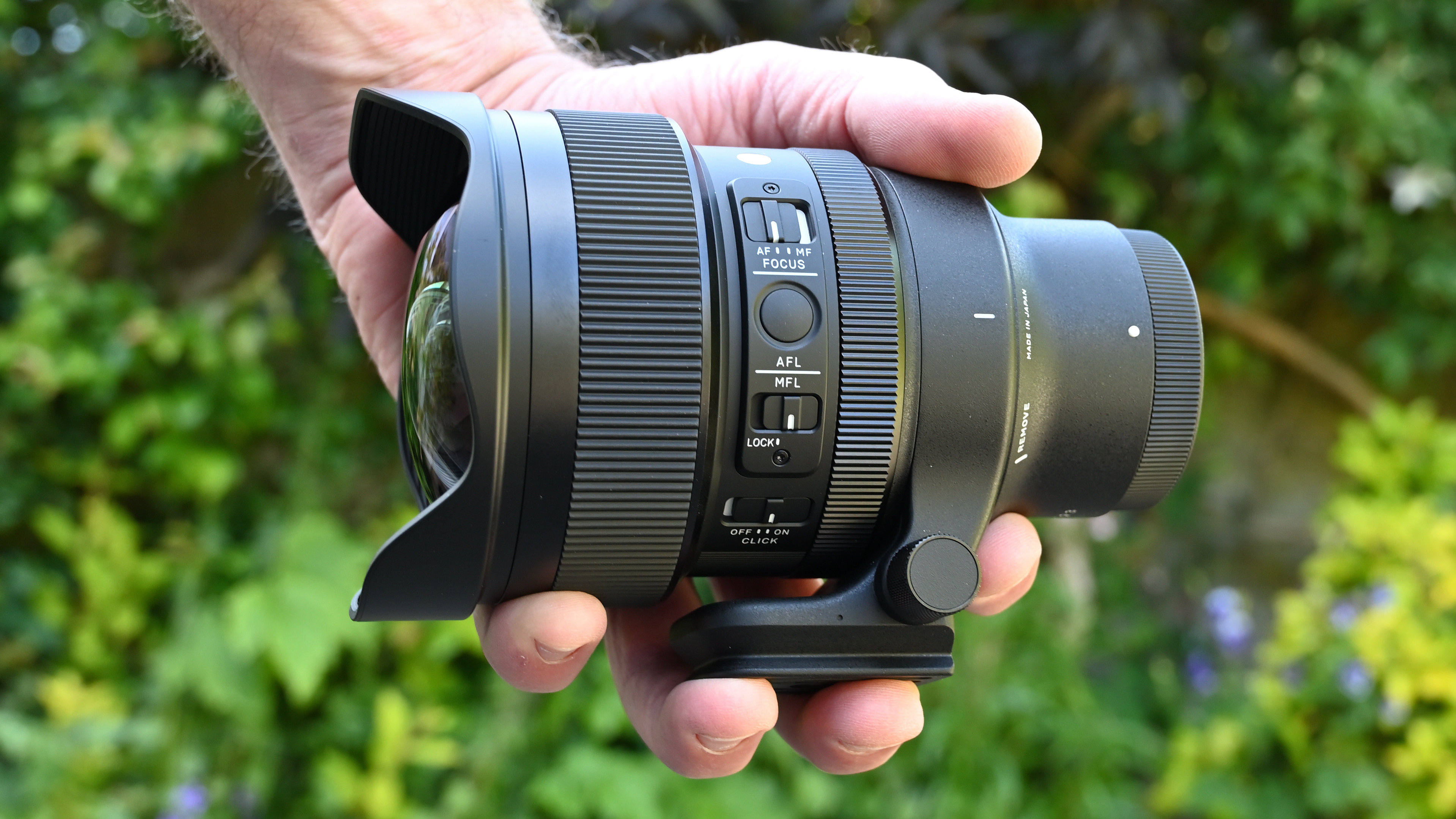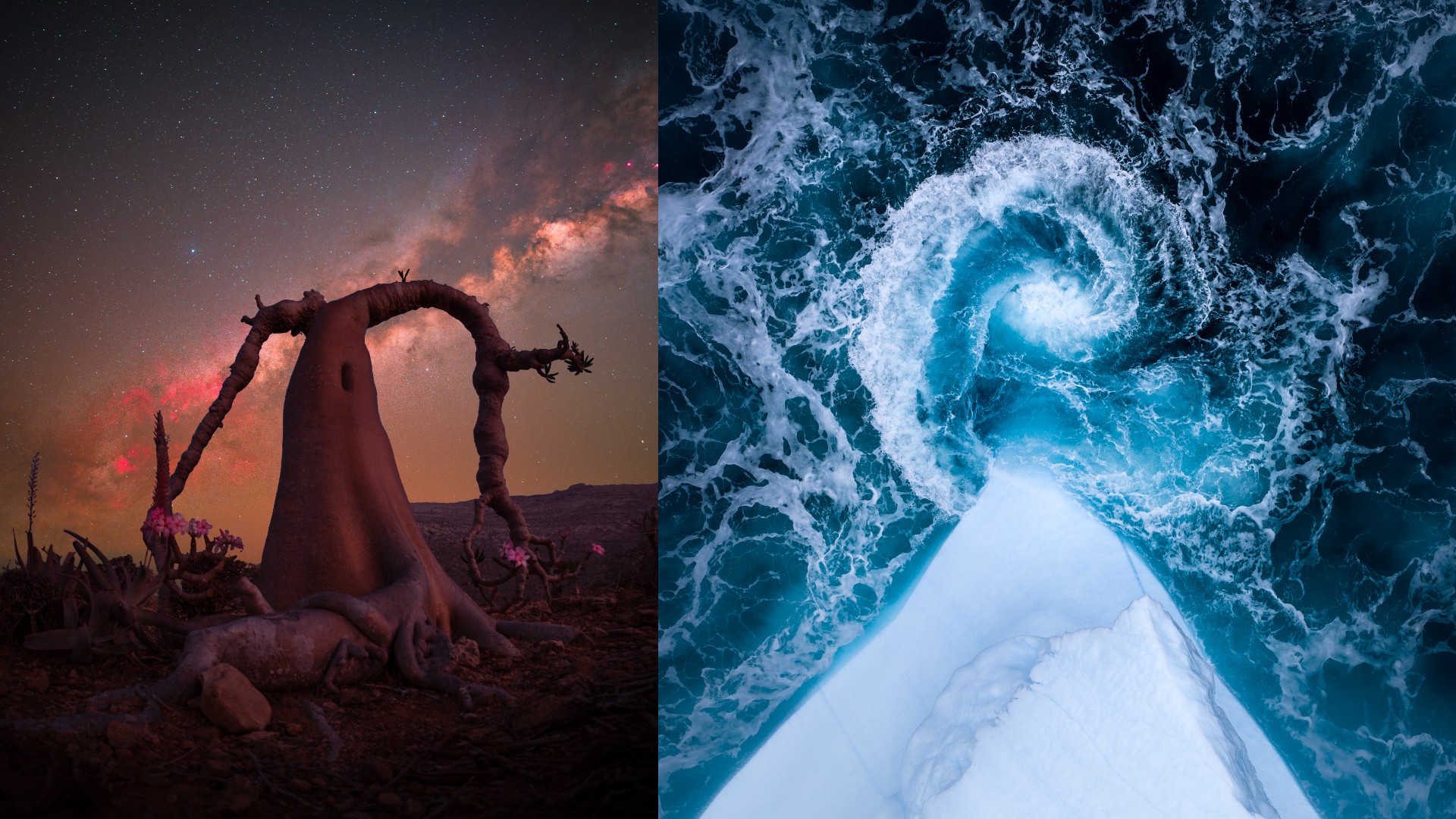The best lenses for the Sony A7 IV: one of Sony’s latter-day and most exciting mirrorless cameras, the A7 IV deserves great glass. Here are my top choices
I’ve picked out the best lenses for the Sony A7 IV, so you can take advantage of its hybrid potential for both stills and video when shooting weddings, events and pretty much anything else
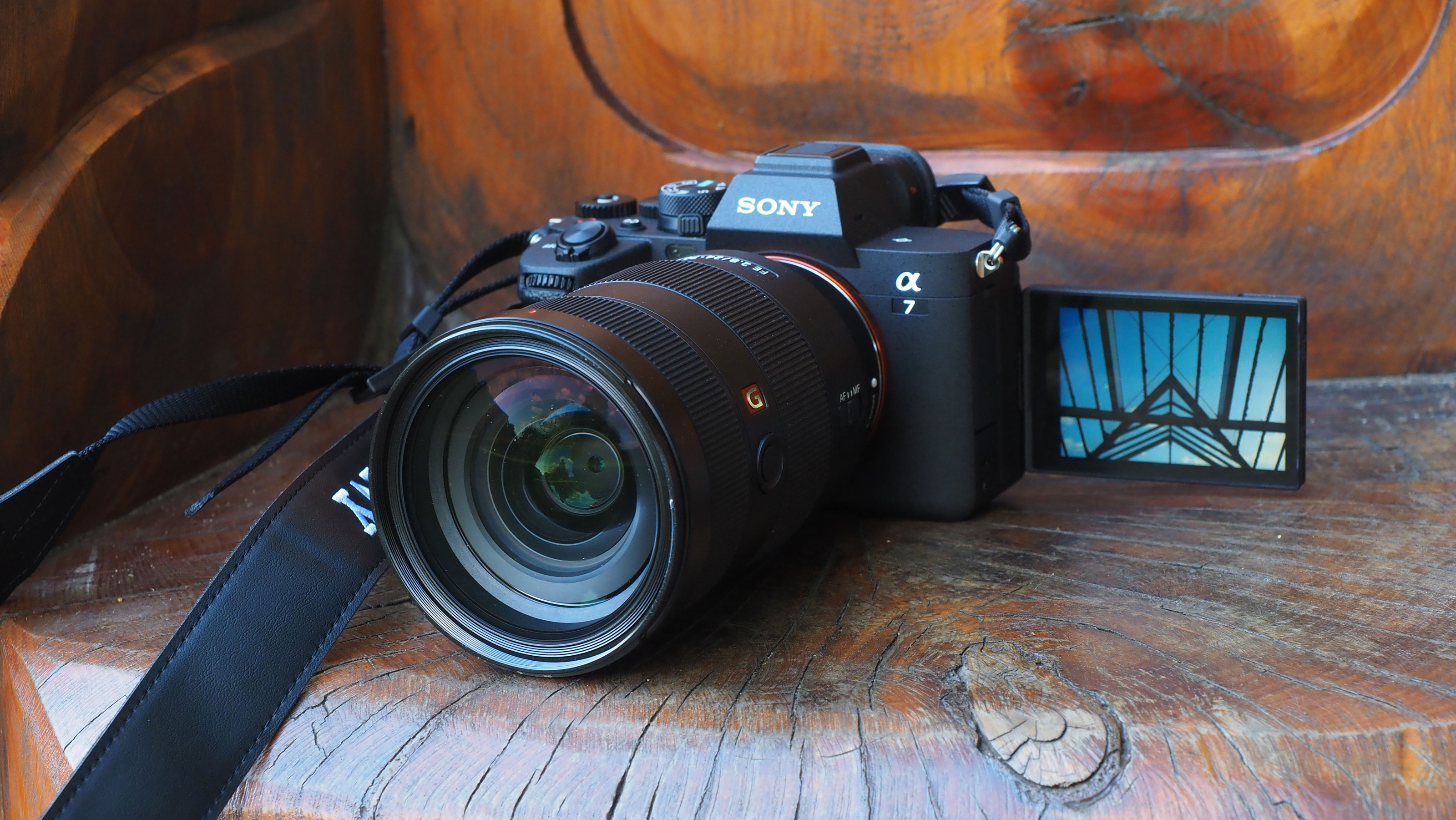
I think that the Sony A7 IV is the perfect camera for wedding, social, and event photography. And I’m certainly not the only one if the camera’s fanbase is to be believed. Its 30MP resolution is more than enough for these sorts of applications, and a worthwhile step up from the 24MP found in many of its rivals. Better still, Sony has packed some seriously good autofocus technology into this camera, with the likes of face/eye AF and real-time tracking that give you a great hit rate whenever there are people in the frame.
I’m sure you don’t need me to tell you that wedding, social and event photography is no longer about taking stills. With hybrid shooting in mind, the A7 IV is also ideal for video. Unlike higher-resolution Alphas including the A7R V, it can still capture oversampled full-width 4K for best quality with no crop factor, and therefore not limiting a lens’s wide-angle potential. Ultimately, the Sony A7 IV one of the best professional cameras and perhaps one of the best cameras for filmmaking. The highest-resolution cameras are great for stills, but more limited for video capture. So it pays to buy lenses that follow suit.
Client expectations can be astronomic for this kind of photography, so I think Sony’s G Master lenses, although expensive, are some of the best Sony lenses to get. Of course, you don’t need to get every lens on my list and we all need to keep an eye on the budget these days, so I’ve included some excellent Sigma alternatives that deliver superb performance at lower price points.
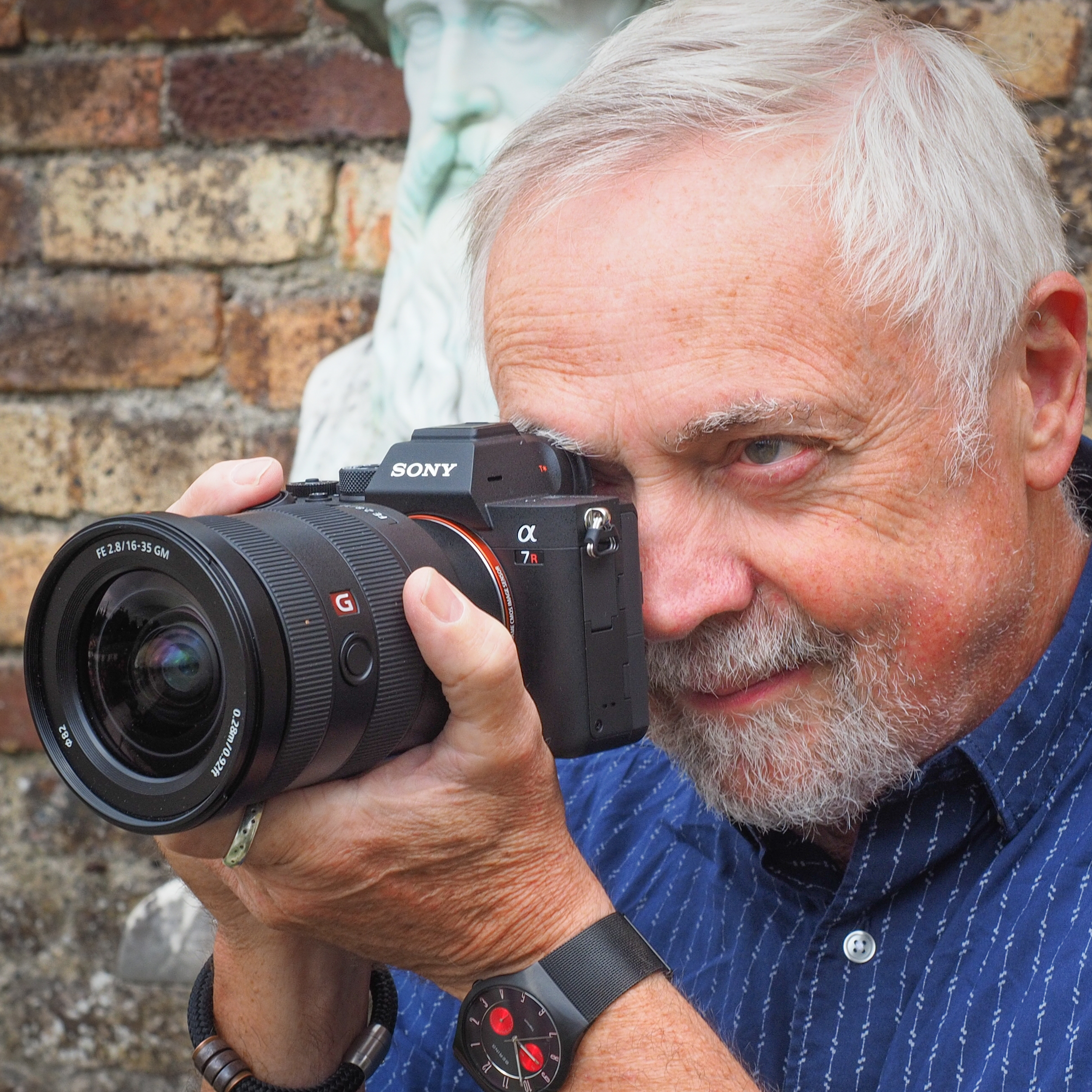
Rod is an independent photography journalist and editor, and a long-standing Digital Camera World contributor, having previously worked as DCW's Group Reviews Editor. He has used practically every interchangeable-lens camera launched in the past 20 years, from entry-level DSLRs to medium-format cameras, – and he was one of the first people to use the Sony A7 IV when it was launched.
The Quick List
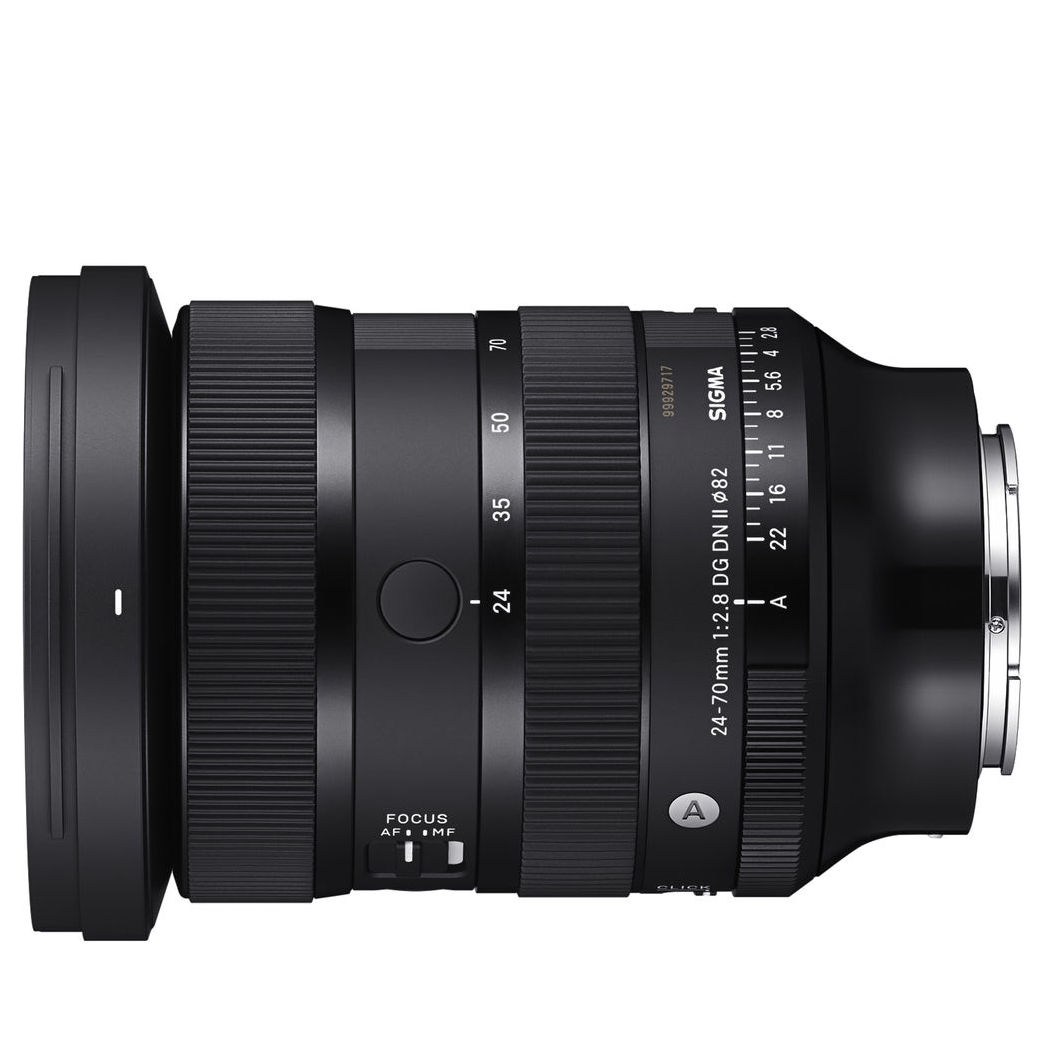
This is my favorite lens for everyday shooting, with a versatile focal range, a light build for its class, and exquisite handling. Read more below…
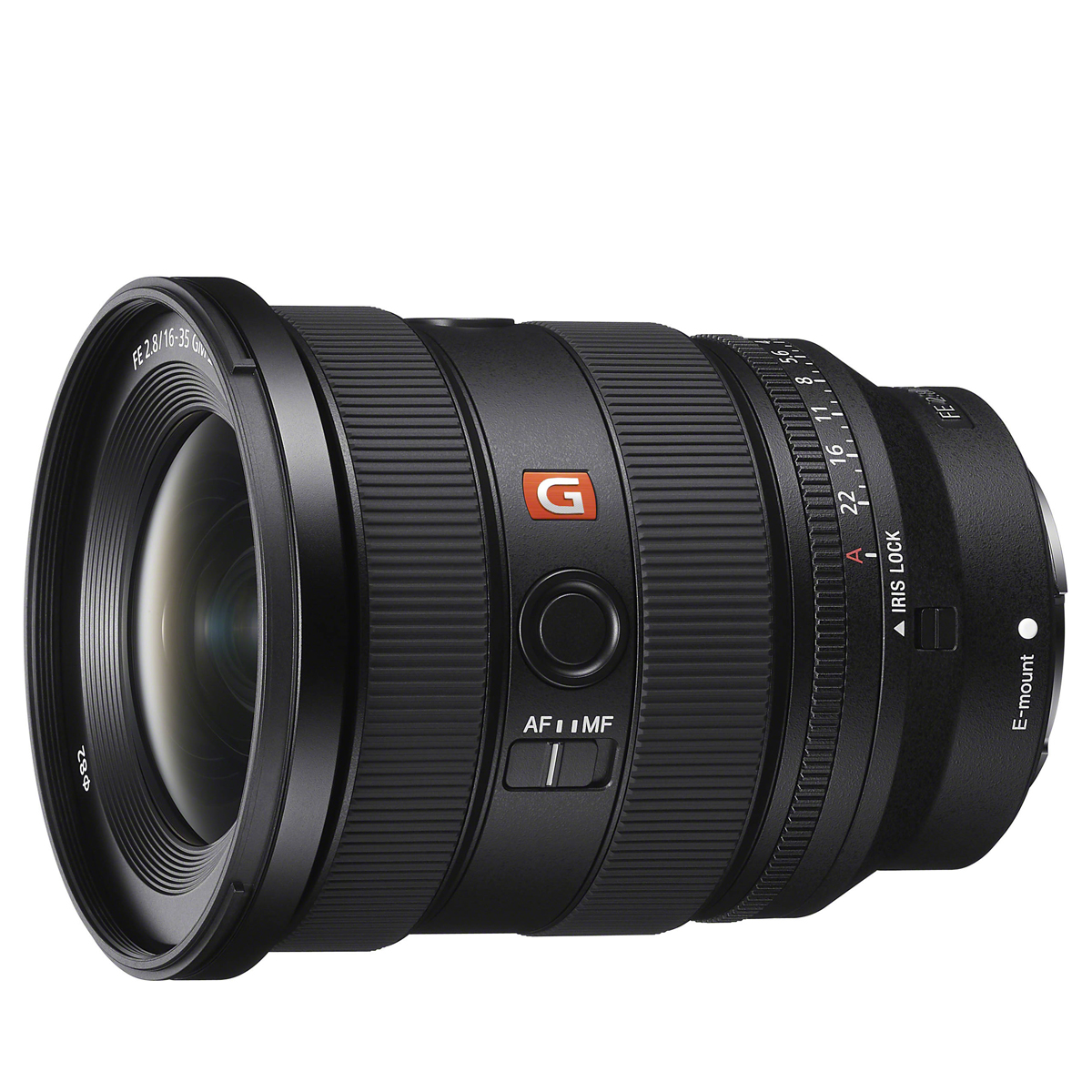
This zoom provides a useful range that means it’s handy for more than just landscapes, with a constant aperture and lovely bokeh. Read more below…
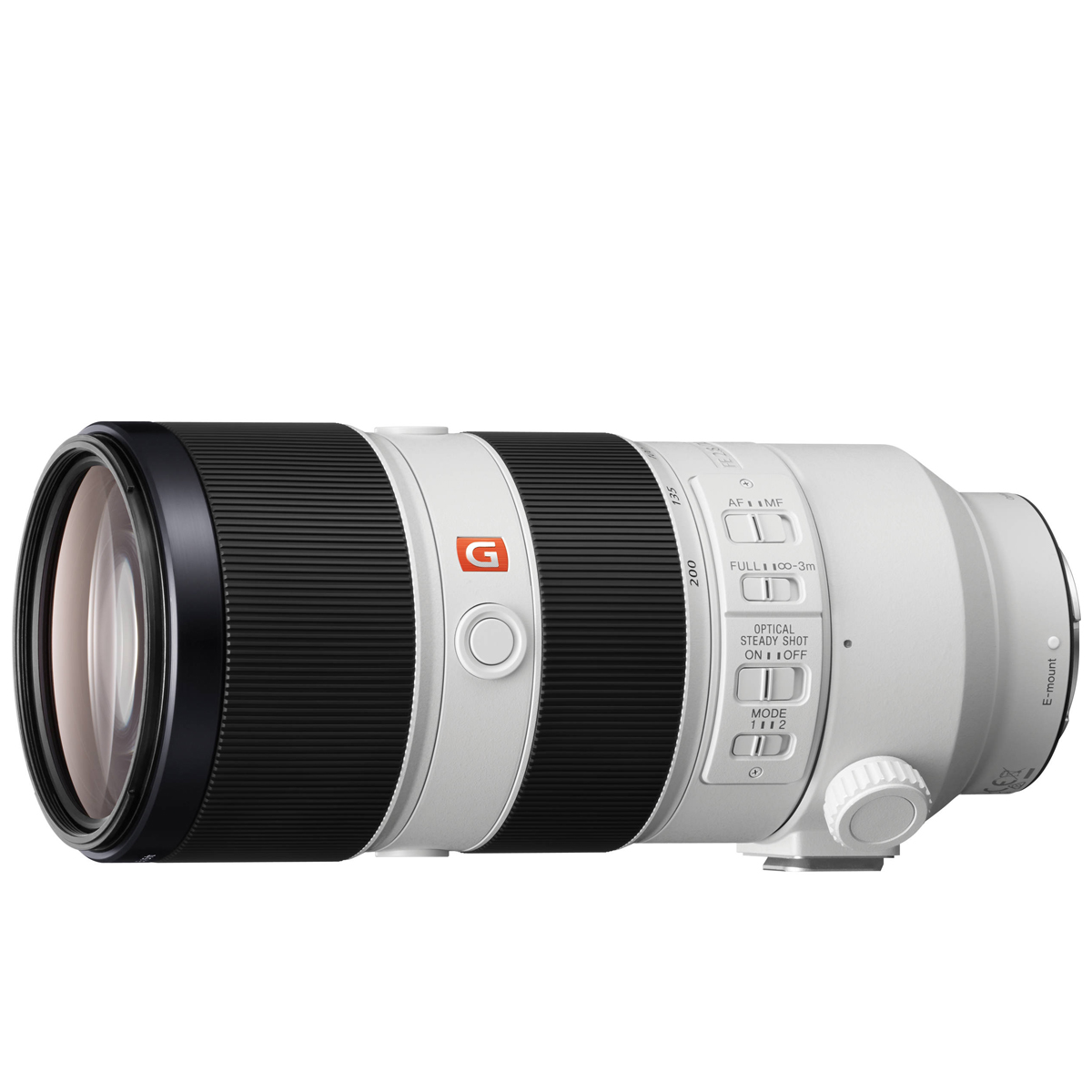
Event photographers should love this telephoto zoom, which features quality glass, fast autofocus and excellent sharpness. Read more below…
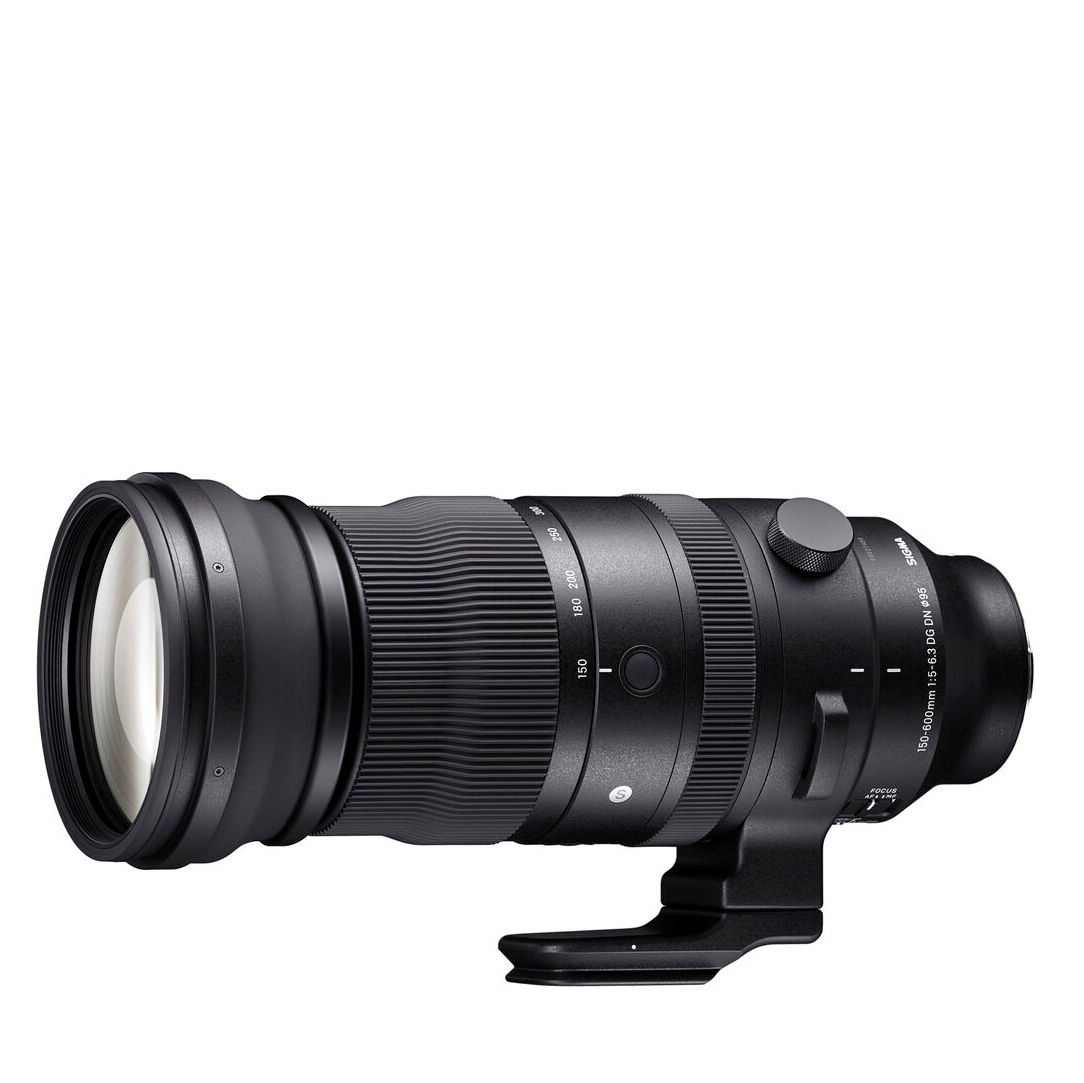
This Sigma lens has been redesigned for mirrorless cameras and I love how it really covers the distance for sports and wildlife photography, with epic reach. Read more below…
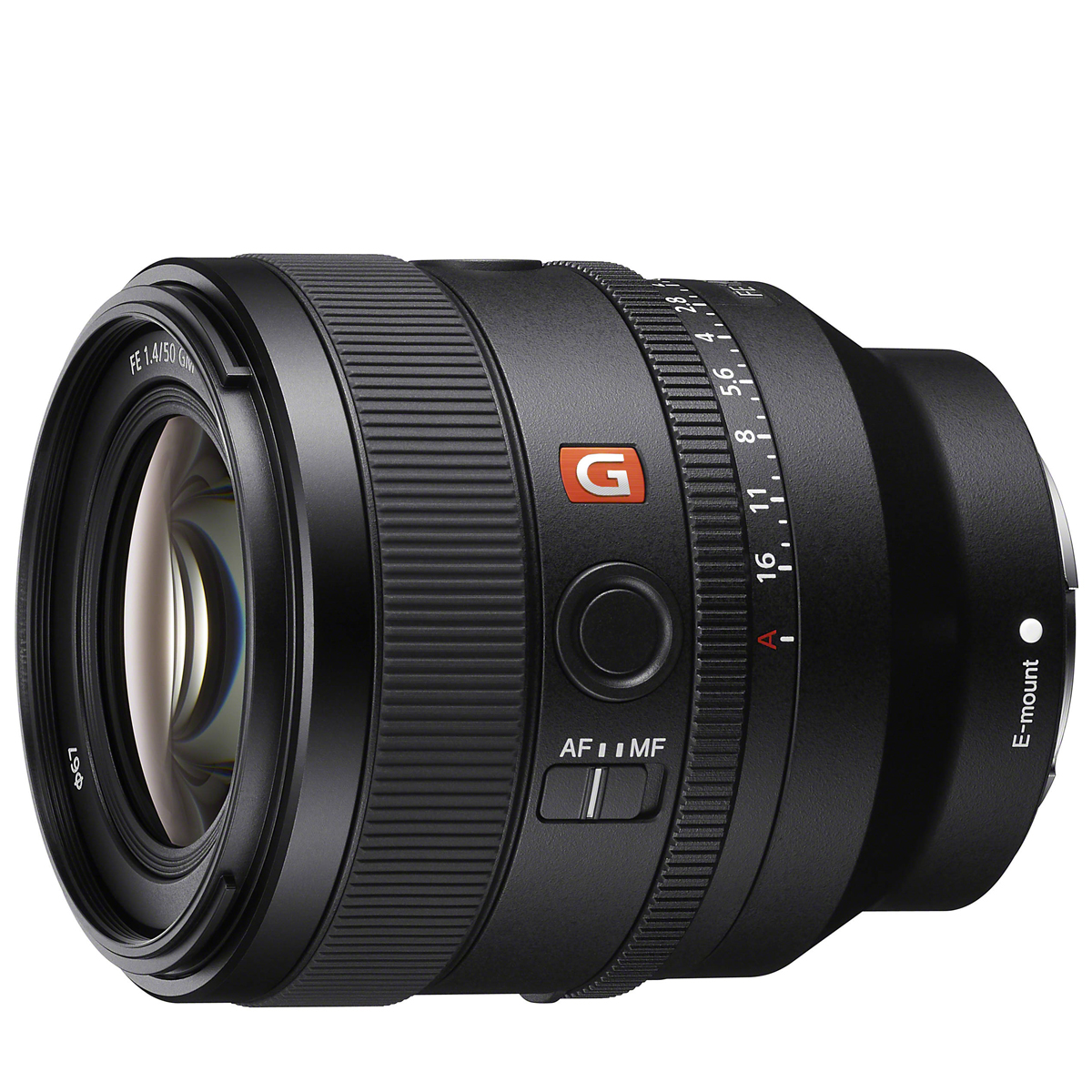
There are other 50mm lenses that deliver images of similar quality as this, but you’ll be hard-pressed to find one as light and responsive. Read more below…
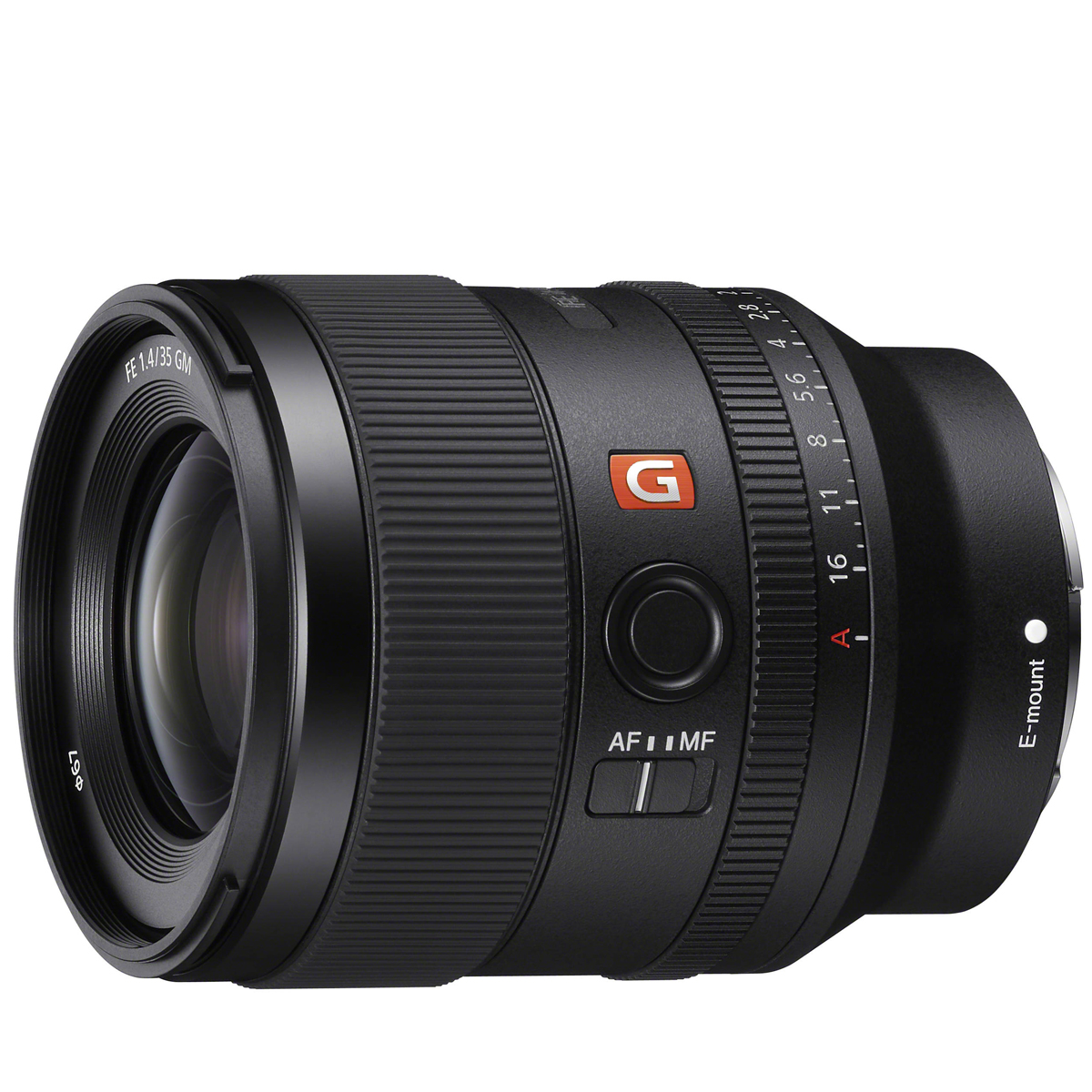
This prime captures images you won’t get with a zoom at the same focal length, with optical performance that’s truly spectacular. Read more below…
View the full list...
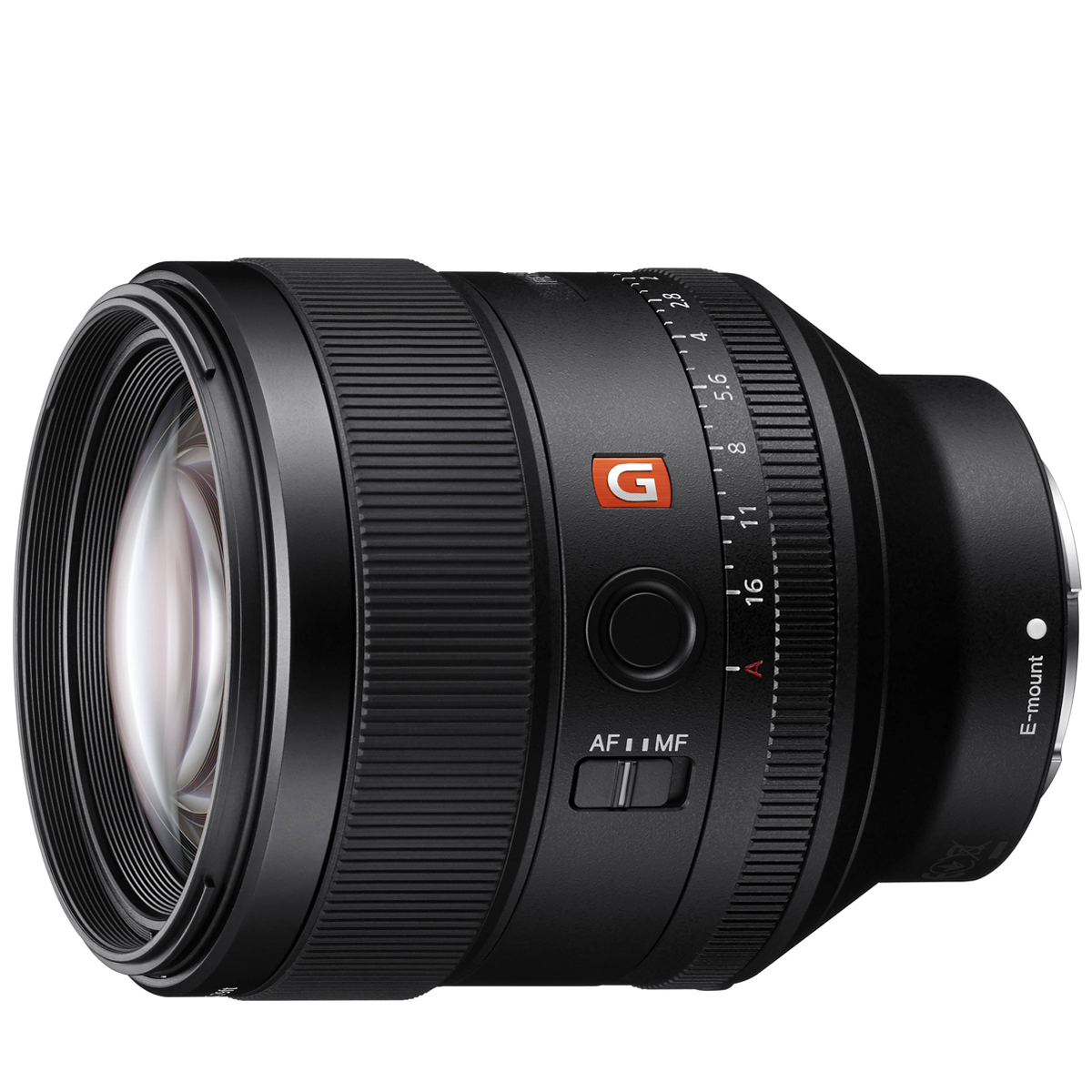
If you’re shooting a wedding or other event, this lens will deliver natural-looking portraits with delightful background blur. Read more below…

This prime gives you full 1:1 magnification for capturing small things in huge detail, and it’s a decent portrait lens too. Read more below…
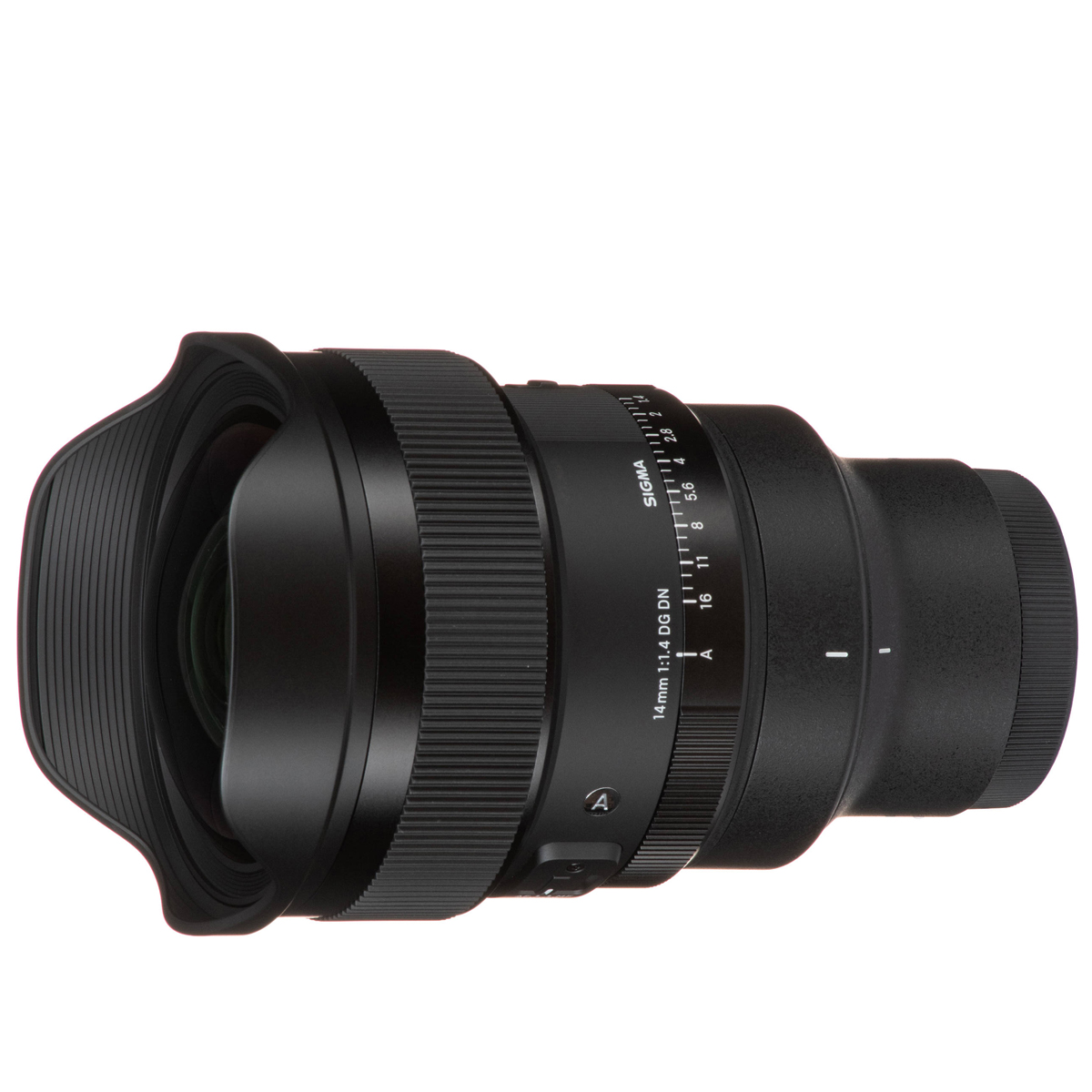
The combination of an ultra-wide focal length and such a wide aperture makes this prime a natural for night skies. Read more below…
Best lenses for the Sony A7 IV
Why you can trust Digital Camera World
Best standard zoom lens for the A7 IV
Specifications
Reasons to buy
Reasons to avoid
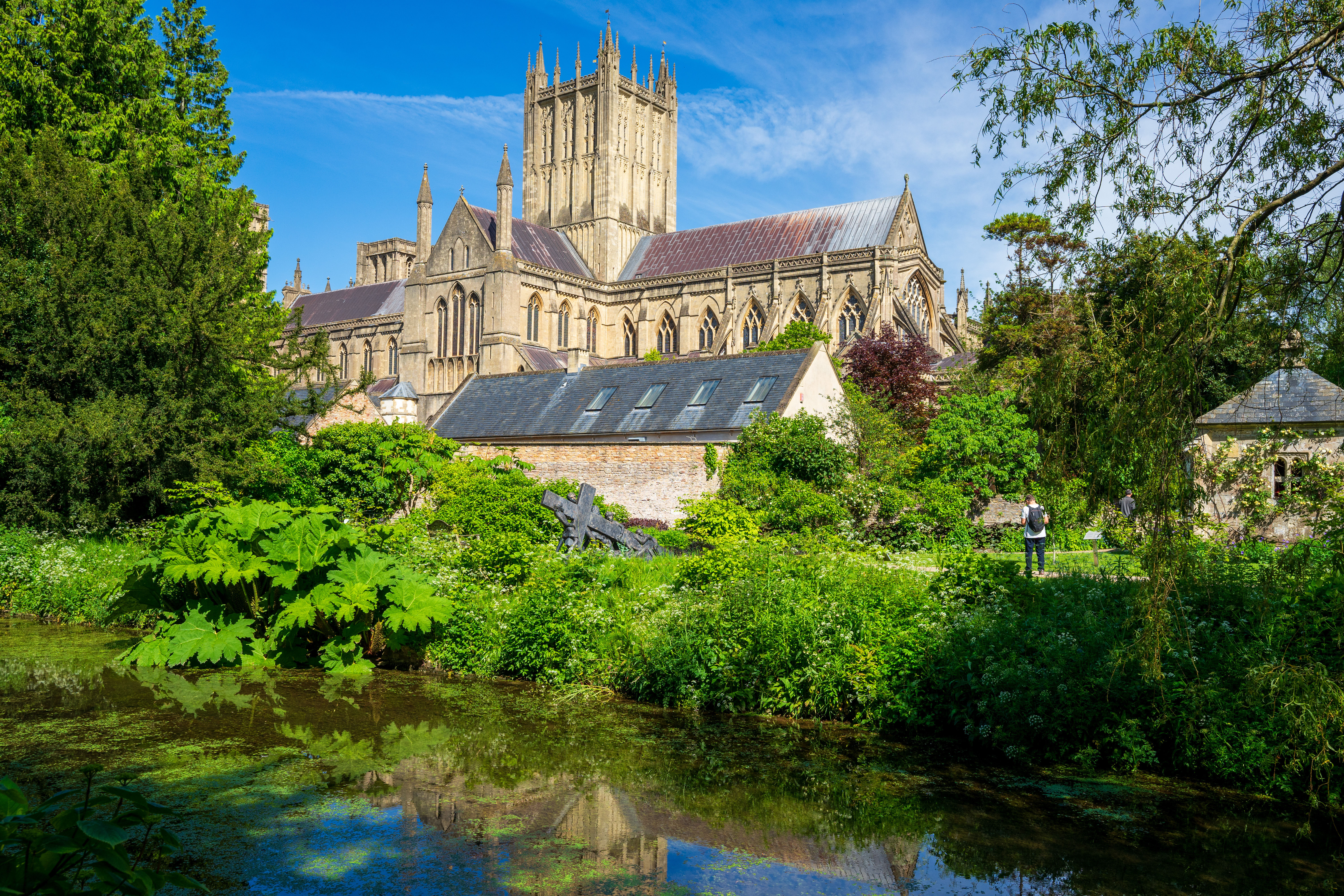


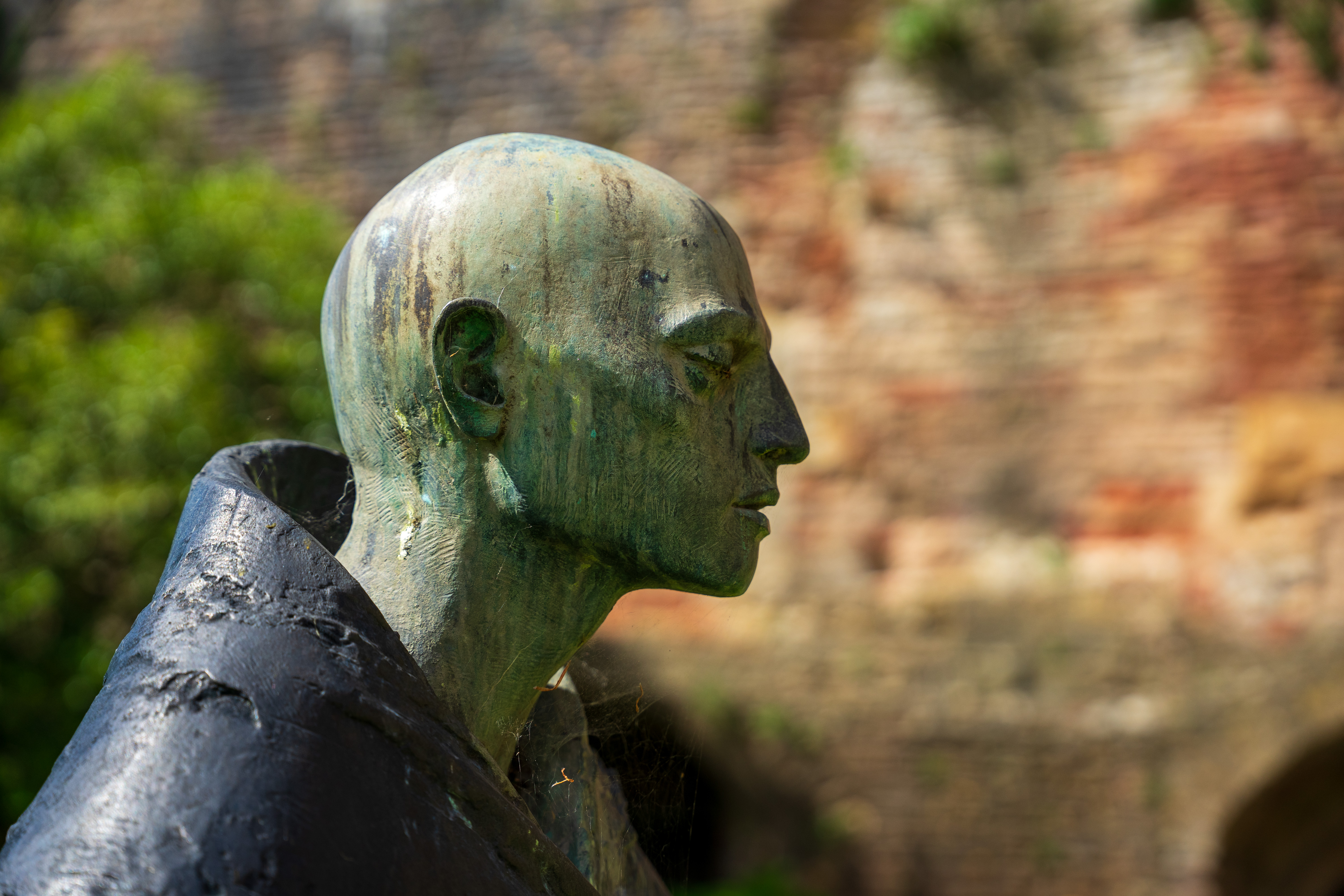
A while back when I had a DSLR, the Sigma 24-70mm Art was my go-to lens for everyday shooting, and I loved it. The original version of the ‘DN’ zoom for mirrorless cameras was a marked improvement and this revamped Mark II is even better. It has a redesigned optical path for greater edge-to-edge sharpness, as well as reducing sagittal coma flare, so pinpricks of light don’t take on irregular shapes. Along with excellent sharpness, the lens delivers smooth bokeh, the quality of which is enhanced by a particularly well-rounded 11-blade aperture.
I really like the handling of this lens. Additions over the original include an aperture control ring which comes complete with a click/de-click switch and a locking switch to avoid accidental operation. The de-click option is great for shooting video, and the lens has also been designed to minimize focus breathing. That’s another box ticked for shooting video. The Mark II also doubles up on AF-L function buttons, ideal for portrait as well as landscape orientation shooting, and they can be customized for other functions in camera menus, where available.
Autofocus is about three times faster than in the original lens, and well able to keep pace when tracking moving subjects, based on an HLA (High-response Linear Actuator) motor. All in all, it’s a brilliant lens for everyday shooting and I’d go as far as to say it’s pretty much as good as the Sony FE 24-70mm F2.8 G Master II which costs about twice as much to buy. This Sigma is a steal at the price.
Read more: Sigma 24-70mm F2.8 DG DN II Art review
Features ★★★★★ | Advanced features include a click/de-click aperture ring and two Fn buttons. |
Design ★★★★★ | The Mark II sheds a little weight while enhancing autofocus speed and quality. |
Performance ★★★★★ | Fast and consistently accurate autofocus teams up with excellent image quality. |
Value ★★★★★ | Compared with own-brand ‘trinity’ standard zooms, the Sigma Mark II is bargain. |
Best wide-angle lens for the A7 IV
Specifications
Reasons to buy
Reasons to avoid



Sony’s G Master lenses have a reputation for optical quality, so it’s no surprise that this second-generation version of Sony’s 16-35mm f/2.8 zoom comes with a hefty price tag. If this is your favored focal range for stills and video, this lens will be your dream buy; otherwise, take a look at the Sony FE PZ 16-35mm f/4 G, which is less than half the price.
You might also want to check out third-party alternatives. The Sony FE 16-35mm f/2.8 G Master II justifies its cost, however, with no fewer than four Linear XD focus motors and suppressed focus breathing. It really is quite a lens with stunning pictorial quality and all-round performance, and a lens that you'll probably want to keep for a lifetime.
Read more: Sony FE 16-35mm f/2.8 GM II review
Features ★★★★★ | There are no less than four XC autofocus motors, a click/de-click aperture ring with locking switch and dual function buttons. |
Design ★★★★★ | The clever design is 20% lighter and 10% smaller than the previous edition of the lens. |
Performance ★★★★★ | Image quality is excellent, as is the speed and consistency of autofocus. |
Value ★★★★☆ | You get what you pay for to some extent but third-party options can cost a lot less. |
Best telephoto lens for the A7 IV
Specifications
Reasons to buy
Reasons to avoid
Why a 70-200mm f/2.8? Because the longer focal range is ideal when you can't get up close to your subjects – very common at weddings! On top of that, the f/2.8 aperture can give you a really shallow depth of field for dreamy bokeh, especially at 200mm.
In many ways, a 70-200mm f/2.8 is a better portrait lens than an actual portrait lens! The Sony FE 70-200mm f/2.8 G Master OSS is one seriously well-specced optic, with one double-sided XA (Extreme Aspherical) element, two other aspherical elements, four ED (Extra-low Dispersion) elements, and two Super ED elements.
There are not one but two autofocus systems, incorporating a double linear motor plus an RDSSM (Ring Drive Super Sonic wave Motor), the latter being used for the heavier forward focus groups. The construction is fully weather-sealed and includes a fluorine coating on the front element.
Handling is particularly refined, with an autofocus range limiter, customizable focus hold buttons, and dual-mode stabilization for static and panning shots. All this translates into decent performance.
Image sharpness is very good indeed wide-open at f/2.8, throughout the entire zoom range, becoming excellent at f/4. Color fringing is minimal but distortion is a little worse than average for this type of lens. If the price is a sticking point or you'd rather have something similar that's more compact and lightweight, look no further than the superb Tamron 70-180mm f/2.8 Di III VC VXD G2.
Read more: Sony FE 70-200mm f/2.8 G Master OSS review
Features ★★★★★ | A rank of function buttons, an autofocus range limiter and dual-mode optical stabilization are just some of the high-end features. |
Design ★★★★★ | It’s designed and built as a fully pro-grade telephoto lens with a white finish and a rock-solid construction. |
Performance ★★★★★ | Performance is excellent, from the speed and accuracy of autofocus, through reliable stabilization to superb image quality. |
Value ★★★★☆ | Shop around and this lens is often available for about two-thirds of the price of the newer Mark II edition. |
Best lens with a wide reach for the A7 IV
Specifications
Reasons to buy
Reasons to avoid

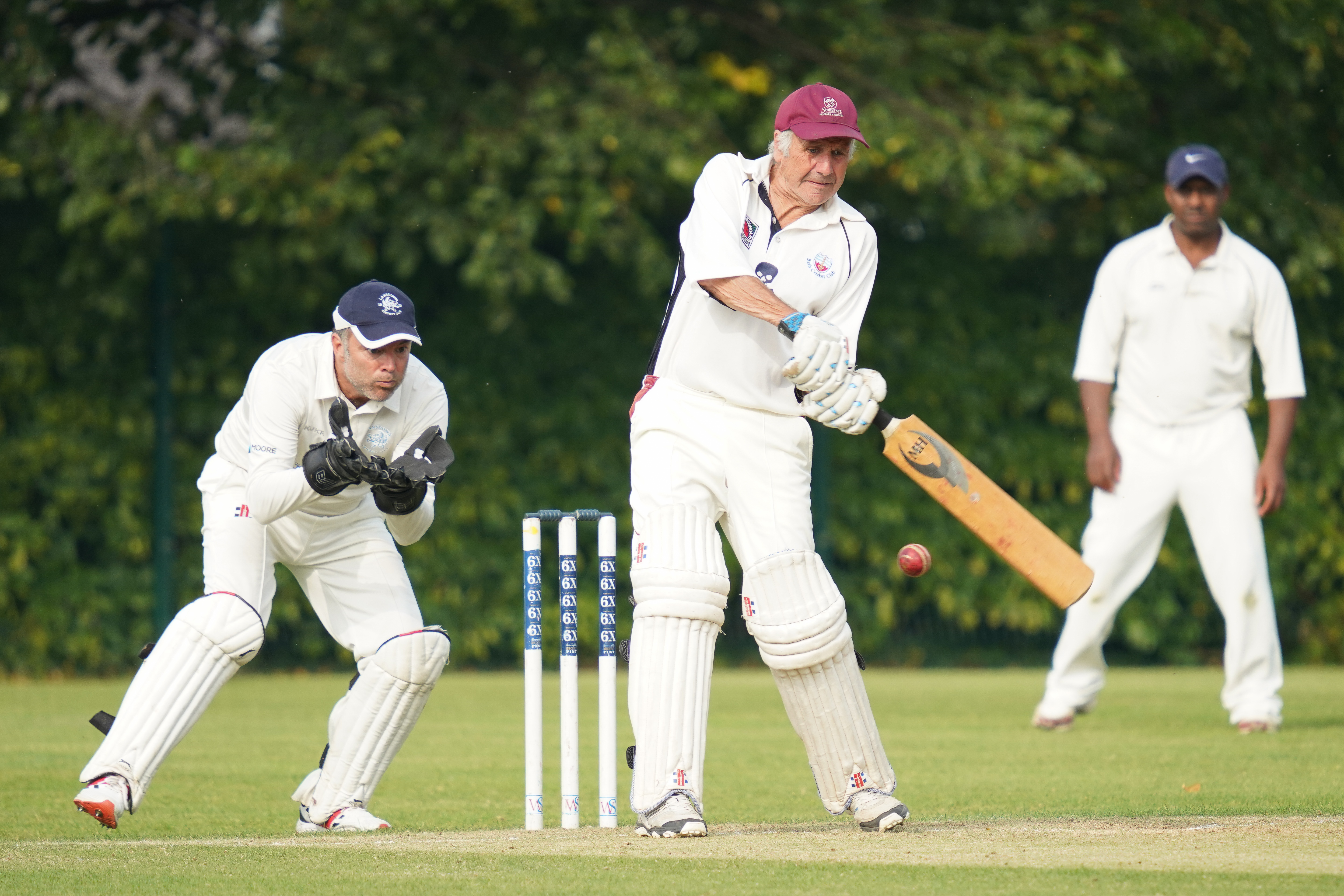

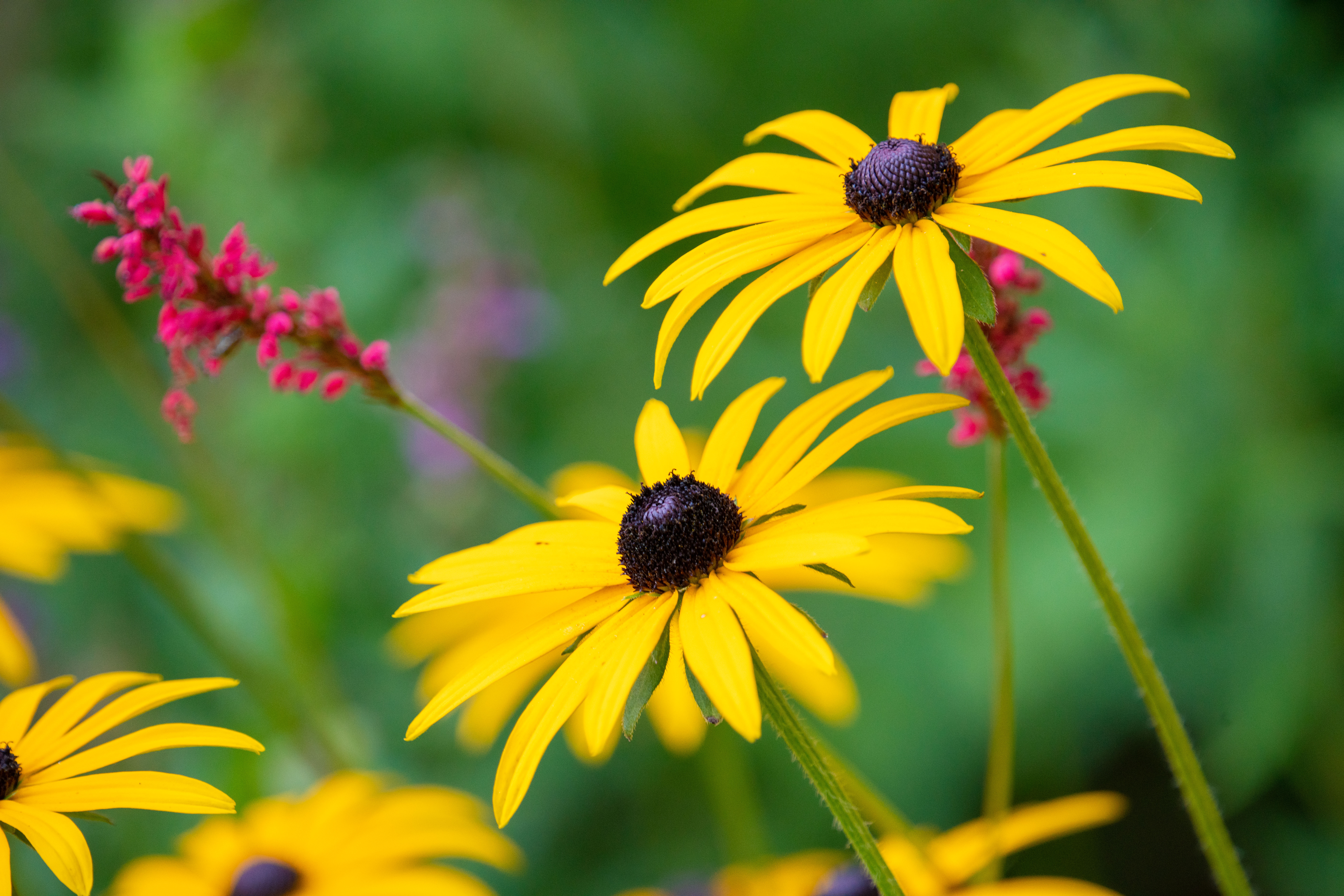
The older version of this lens for Canon and Nikon DSLRs used to be one of my favorite ultra-telephoto zoom lens, thanks to its great all-round performance and image quality, wrapped up in a sturdy weather-sealed build. Not just a minor tweak, the ‘DN’ version for Sony mirrorless cameras is based on a complete redesign and, while it’s still a weighty beast, it’s significantly lighter than the original lens. It’s brilliant for bird photography, airshows, wildlife and all manner of different sporting occasions.
The autofocus is excellent, being both very fast and ultra-quiet, and it’s able to take full advantage of Sony’s Eye AF and advanced tracking abilities. I particularly like the tactile zoom and focus rings and that two custom settings for the likes of AF speed and stabilization intensity can be set up with Sigma’s optional USB Dock.
Another neat new feature in the DN mirrorless version of the lens is a Zoom Torque control, for adjusting the resistance of the zoom ring. This gives the option of free-flowing adjustment or stiffer control that makes the lens less susceptible to zoom creep.
Read more: Sigma 150-600mm f/5-6.3 DG DN OS Sports review
Features ★★★★★ | The lens inherits the high-end features and handling of the older version for DSLRs, in a smaller, lighter package. |
Design ★★★★★ | The design is very refined, while build quality is excellent and includes extensive weather-seals. |
Performance ★★★★★ | Excellent inherent sharpness is further boosted in real terms by highly effective optical stabilization. |
Value ★★★★★ | It’s a pro-grade super-telephoto zoom with a ‘consumer’ price tag, making it standout value. |
Best 50mm lens for the A7 IV
Specifications
Reasons to buy
Reasons to avoid
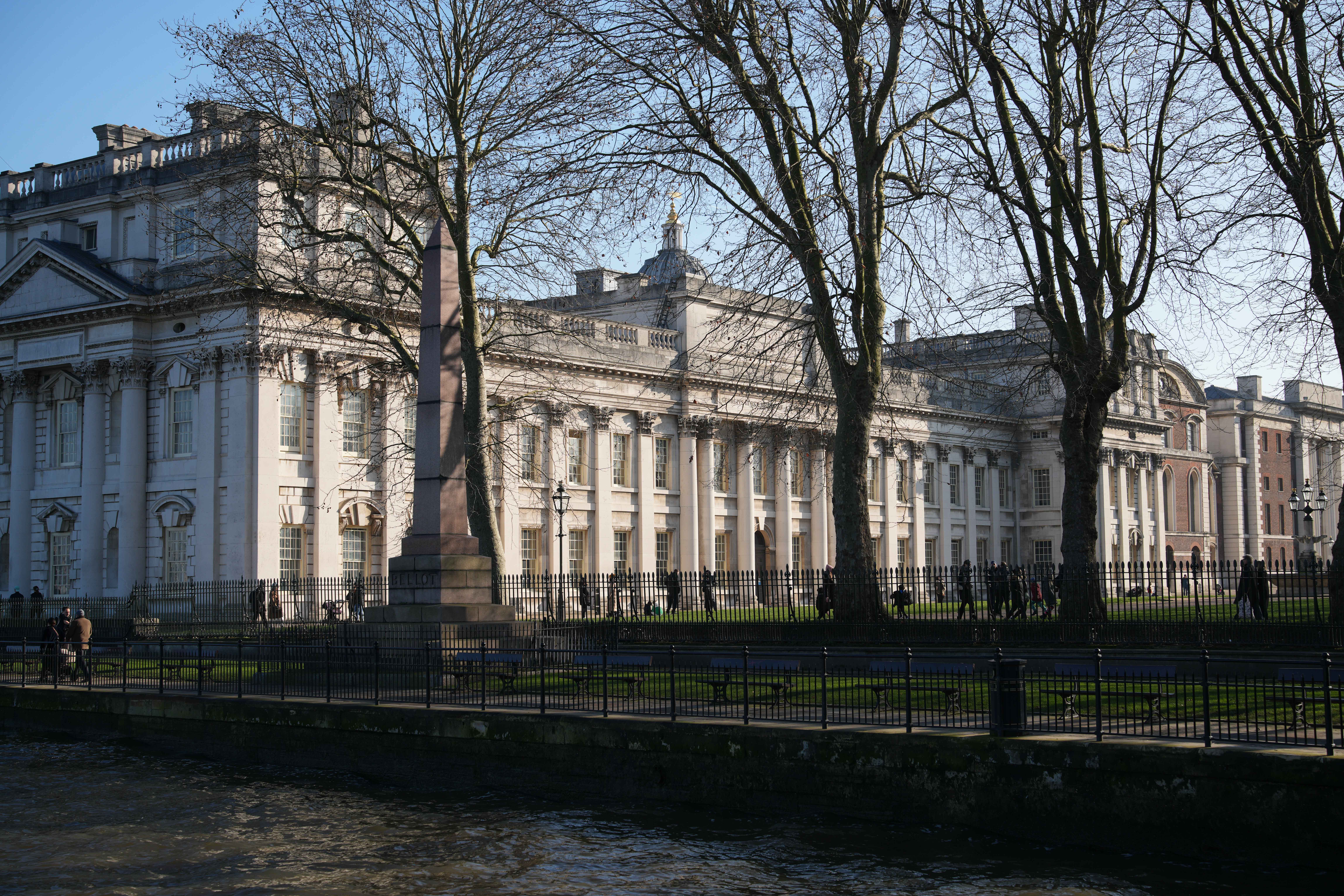

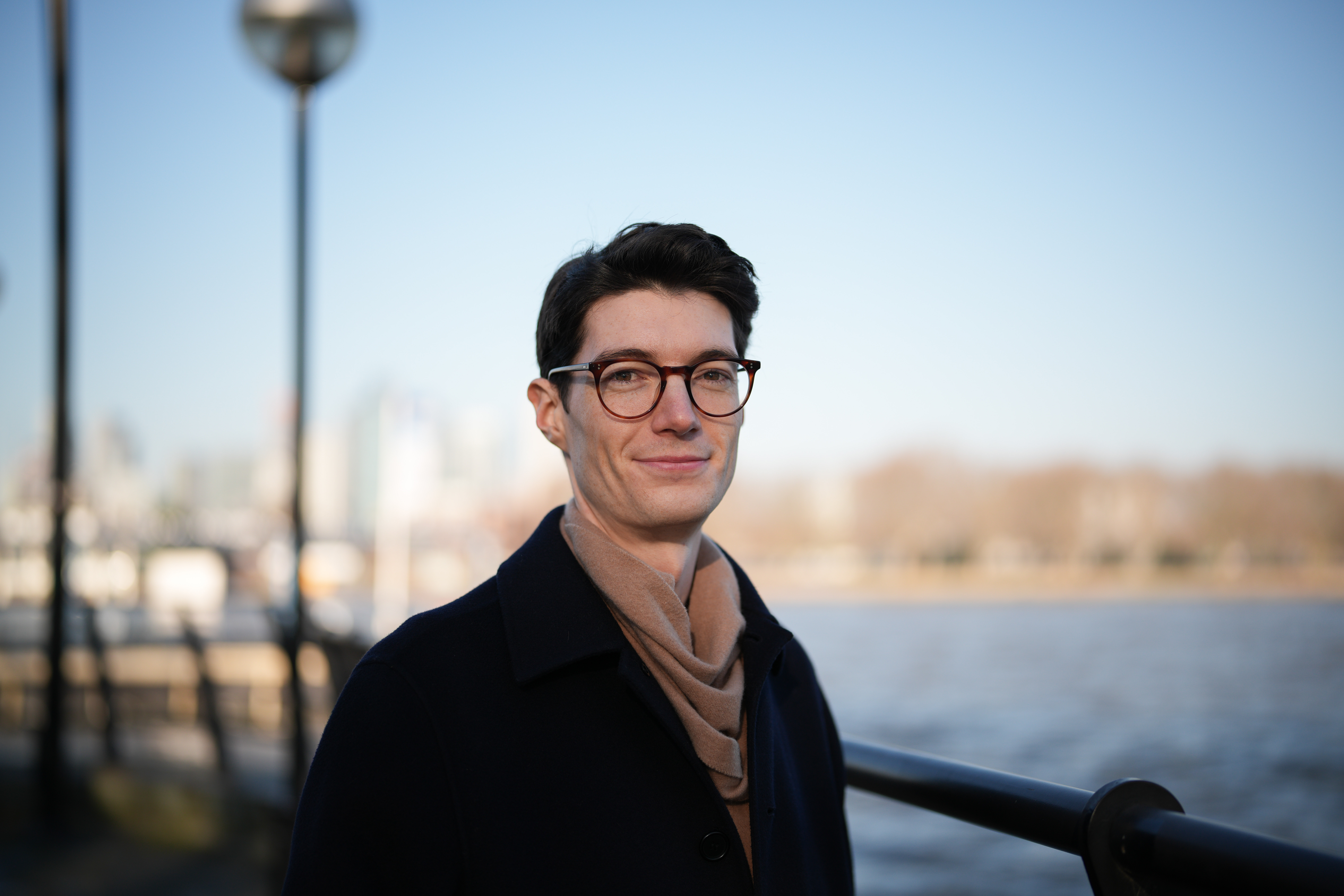
For my money, this is the Sony standard prime that's the best fit for for the A7 IV. It's impressively light and compact, but doesn't compromise one bit on optical quality. It's practically perfect in terms of center-sharpness and only has a small falloff towards the edges of the frame, along with some vignetting when shooting wide-open, which is only to be expected.
The 50mm focal length delivers an entirely natural perspective, and it is definitely a lens that can be left on your camera for wide-ranging shooting scenarios. If you don't need the extra aperture stop, or the added size, weight, or considerable cost of the FE 50mm f/1.2 GM, then the Sony FE 50mm f/1.4 will serve you perfectly.
Unfortunately, the downside is the lens is expensive when compared to similar rivals, with much cheaper third-party glass out there that will achieve similar visual results. However, few have quite the same lightning-fast autofocus and solid, moisture-resistant construction that this lens offers.
Read more: Sony FE 50mm f/1.4 GM review
Features ★★★★★ | It has all the features and trappings that I’d expect from a Sony G Master lens. |
Design ★★★★★ | It’s pretty chunky for a 50mm f/1.4 lens but the build quality is excellent. |
Performance ★★★★★ | There’s some noticeable vignetting when uncorrected in-camera but overall performance is superb. |
Value ★★★★☆ | Sony G Master lenses tend to command a high price and this one’s no different. |
Best street photography lens for the A7 IV
Specifications
Reasons to buy
Reasons to avoid
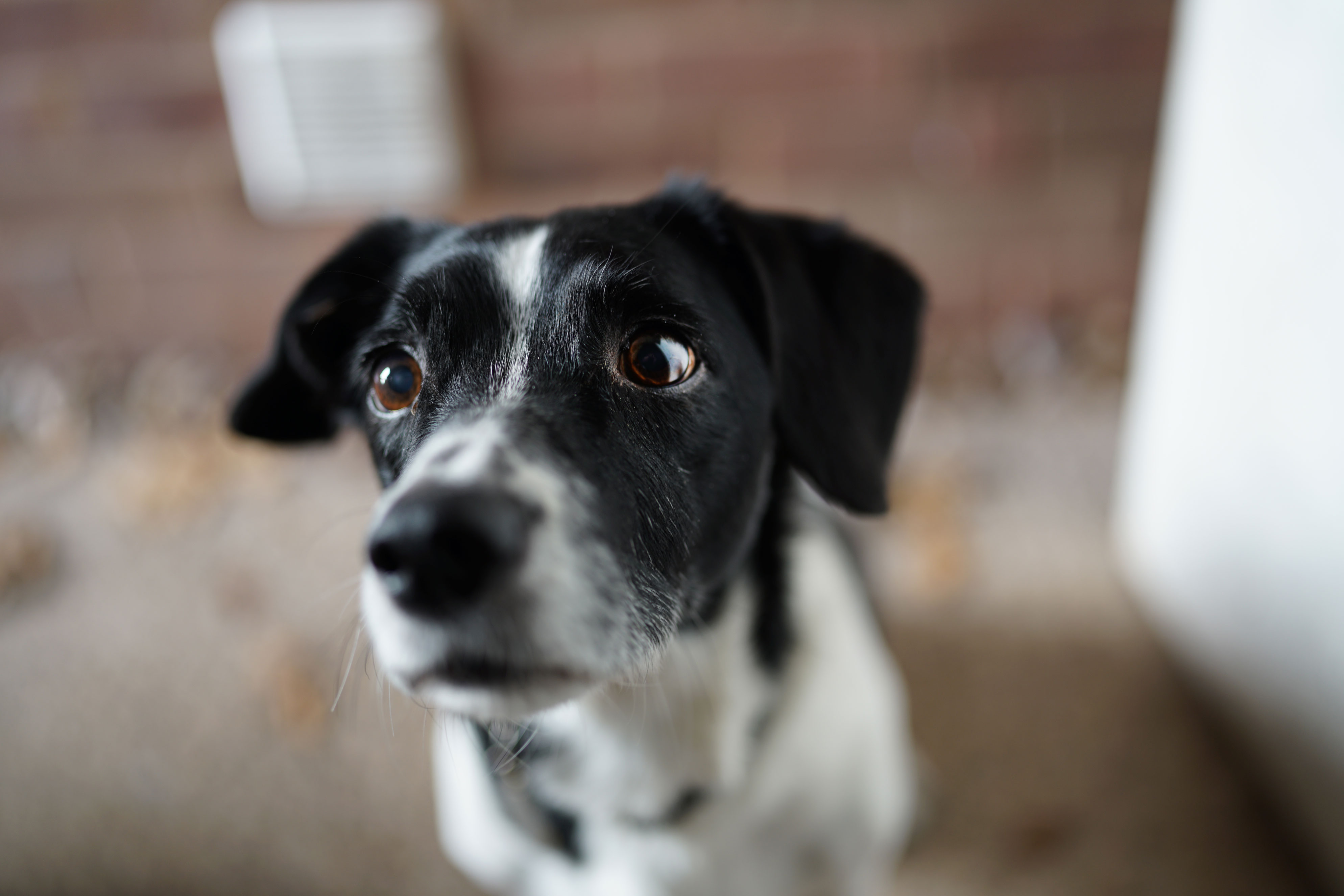
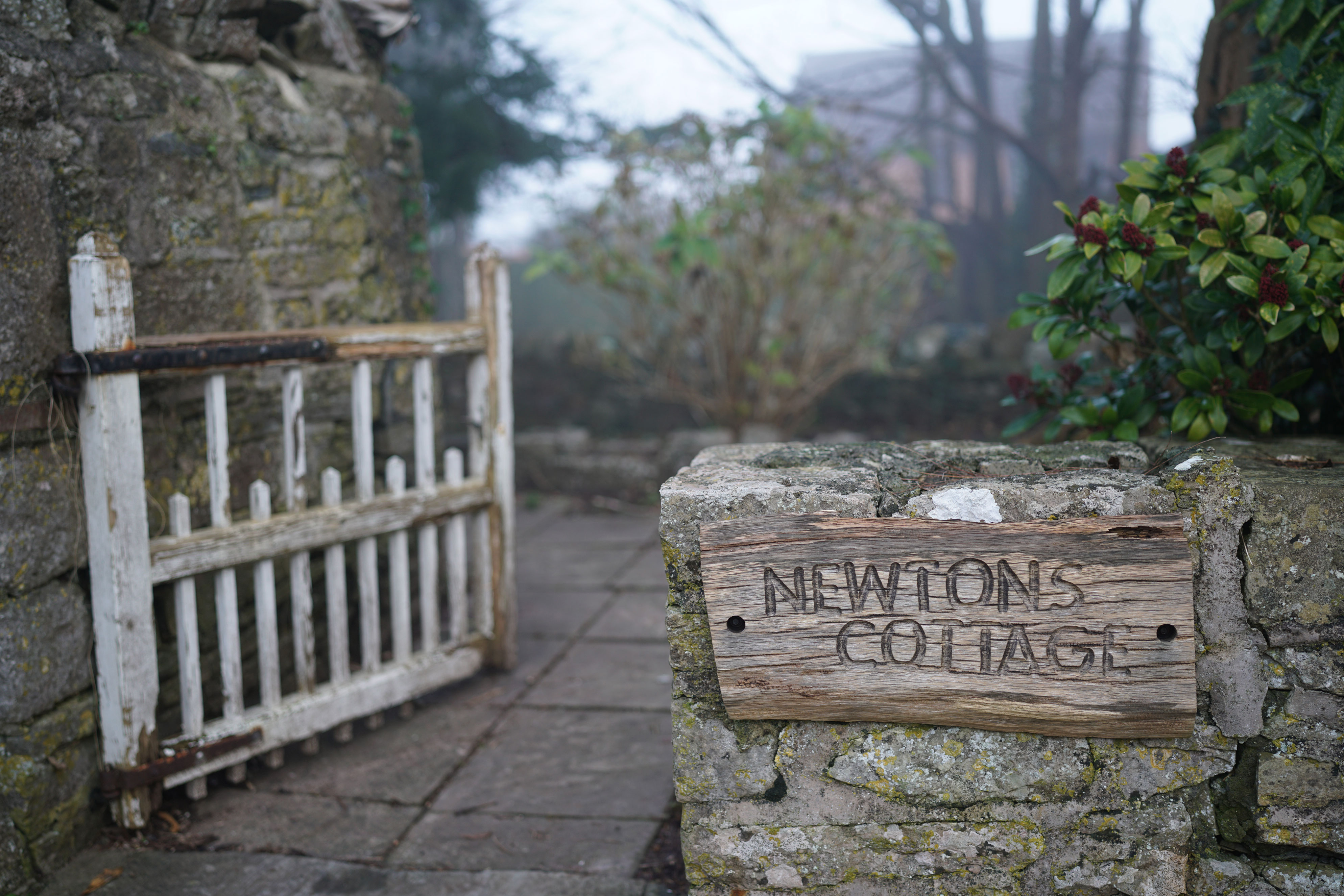

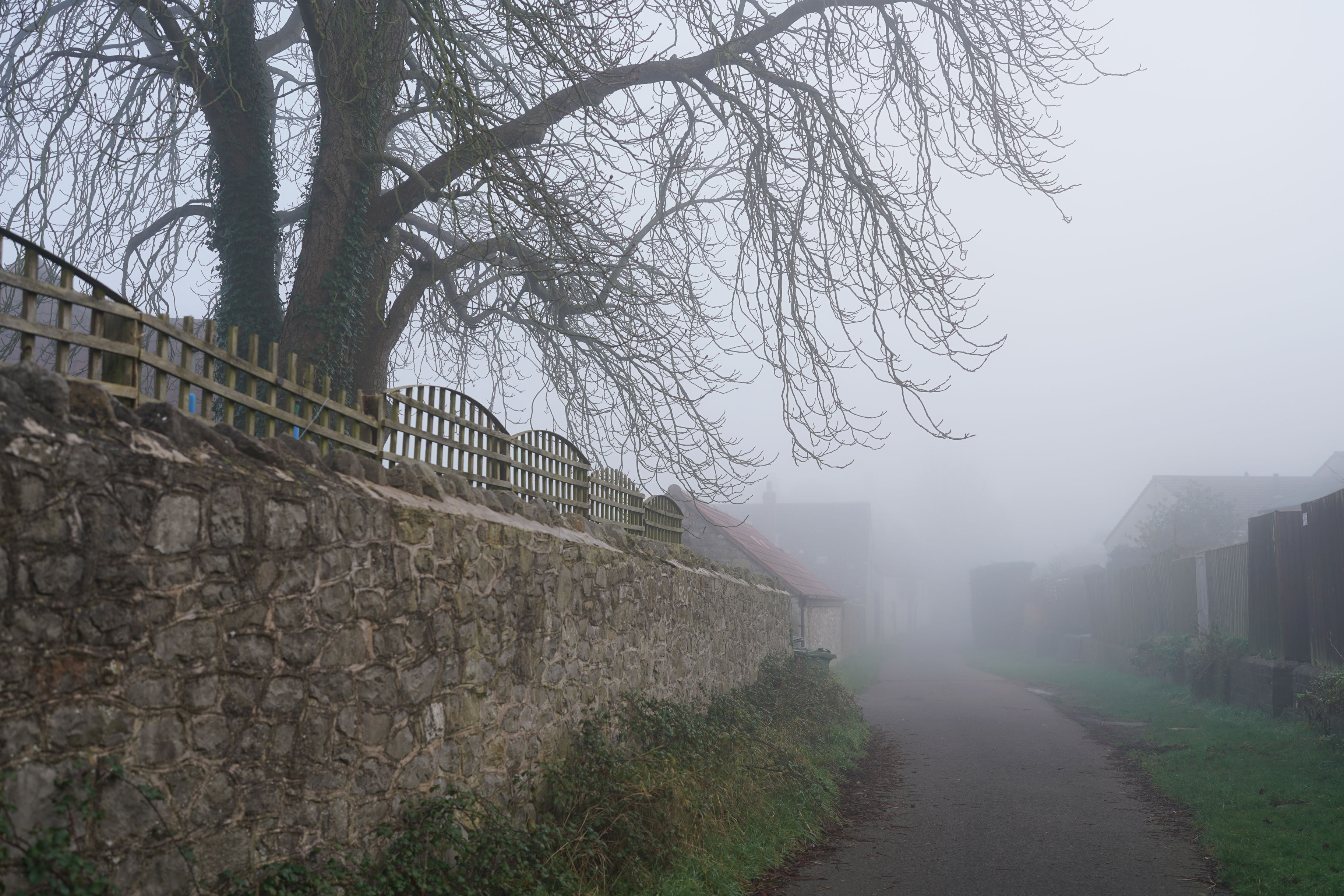
A 24-70mm zoom and a 16-35mm will both cover the 35mm focal length, but neither will produce the results this lens can. A 35mm prime is often considered the perfect candid/street lens, offer a semi-wide angle of view for a large range of subjects – and the f/1.4 maximum aperture of this lens combines that wide view with strong background blur for unique environmental portraits.
It's a very versatile lens, suited to anything from portraits and weddings, to landscape and astrophotography. As you'd expect, it isn't cheap, but it delivers a spectacular optical performance.
It's not the smallest 35mm prime I've seen, but the handling is really impressive, with a perfectly weighted ‘de-clickable’ aperture ring for video, and a smooth-action focus ring.
It’s a lovely lens, but it inevitably comes at a hefty price. Alternatively, why not consider the pint-sized Sony FE 40mm f/2.5 G? It's nowhere near as fast, but it's light and easy to shoot with and might be perfect for filming on a gimbal – and it too has a de-clickable aperture ring.
Read more: Sony FE 35mm f/1.4 G Master review
Features ★★★★★ | G Master attractions include a click/de-click aperture ring and function button. |
Design ★★★★★ | Dual XD Linear autofocus motors and plenty of up-market glass are featured in the weather-resistant design. |
Performance ★★★★★ | Image quality is absolutely top-notch, while autofocus is fast and consistently accurate. |
Value ★★★★☆ | It’s pricey to buy but has a very desirable focal length and fast f/1.4 aperture. |
Best portrait photography lens for the A7 IV
Specifications
Reasons to buy
Reasons to avoid
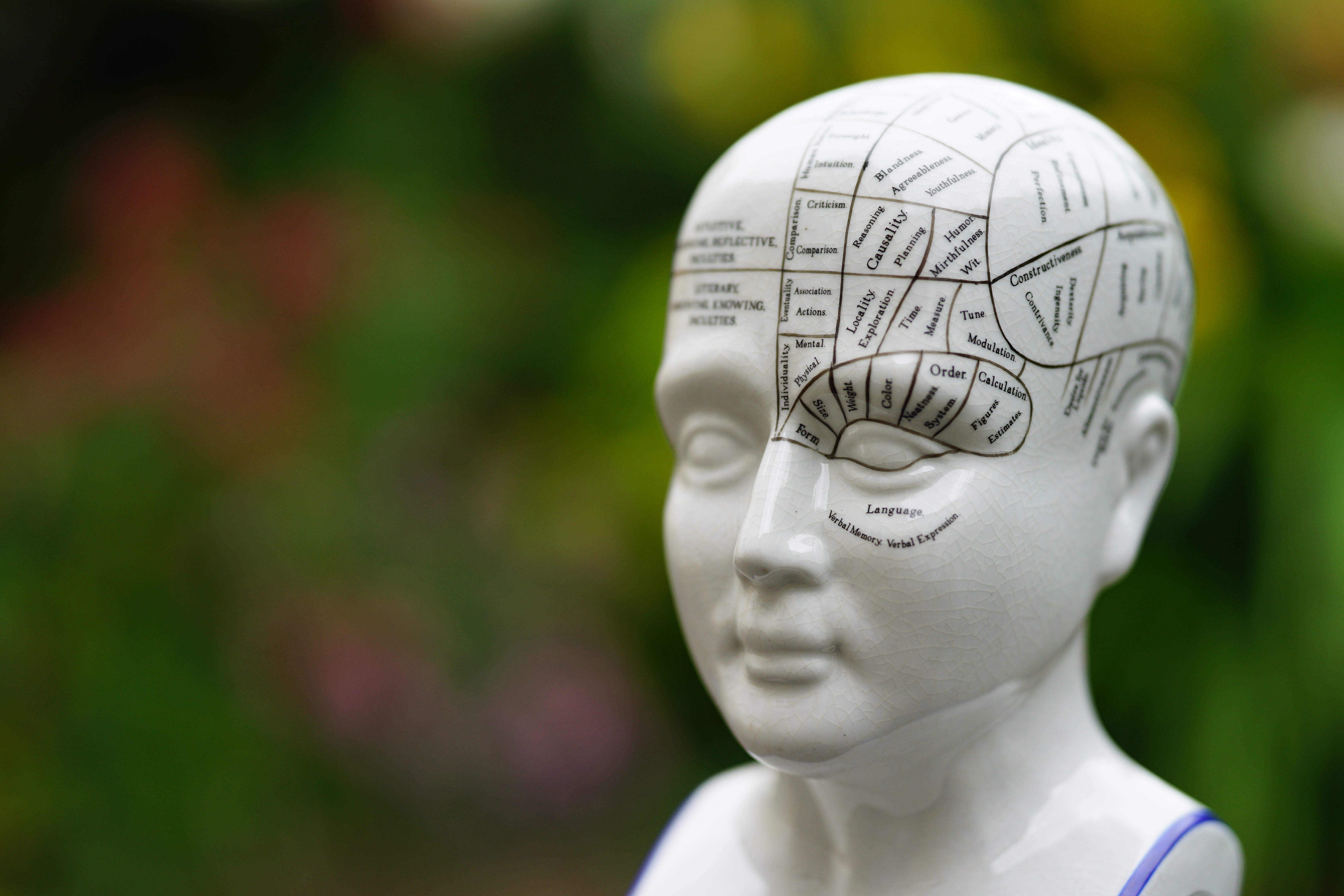
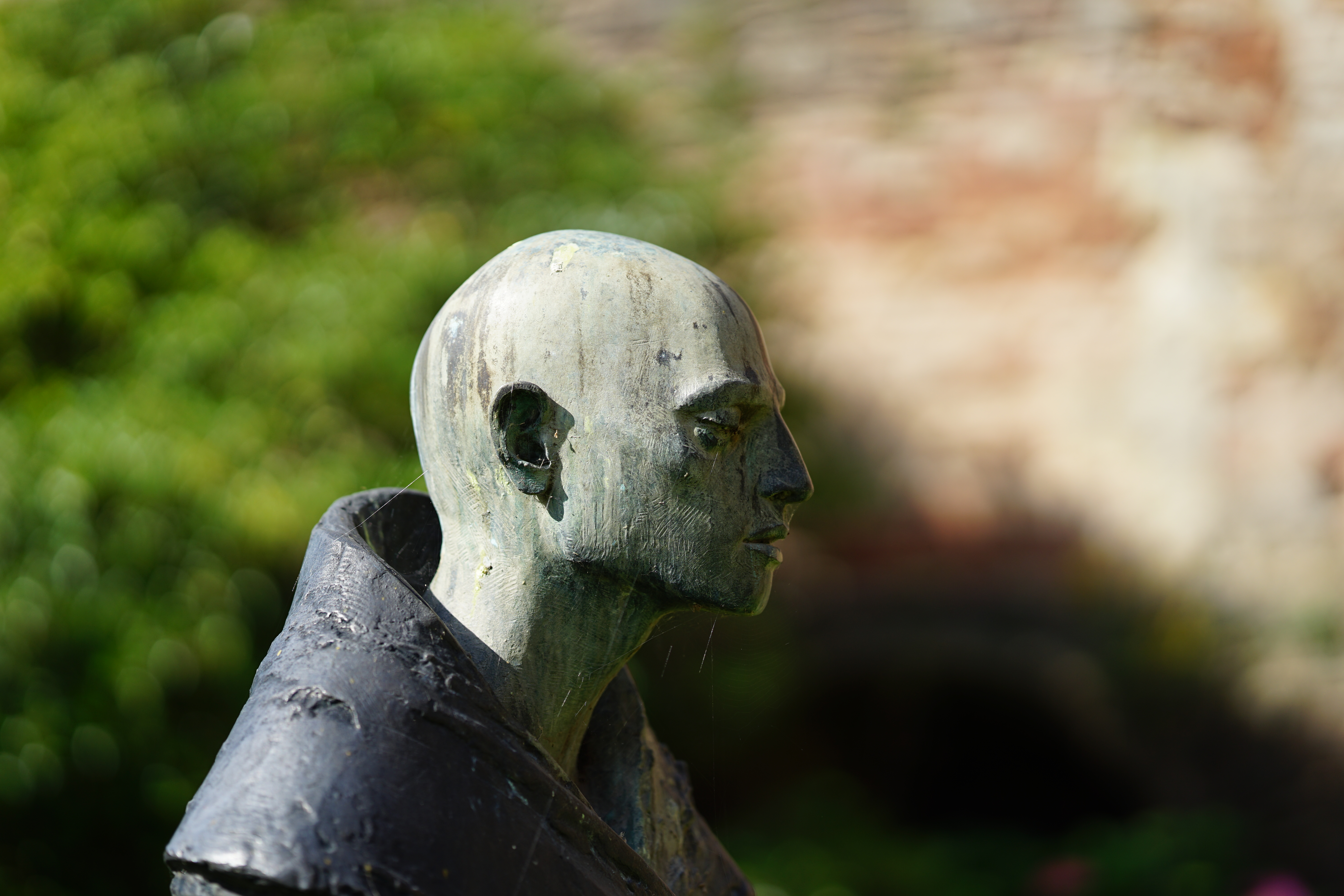
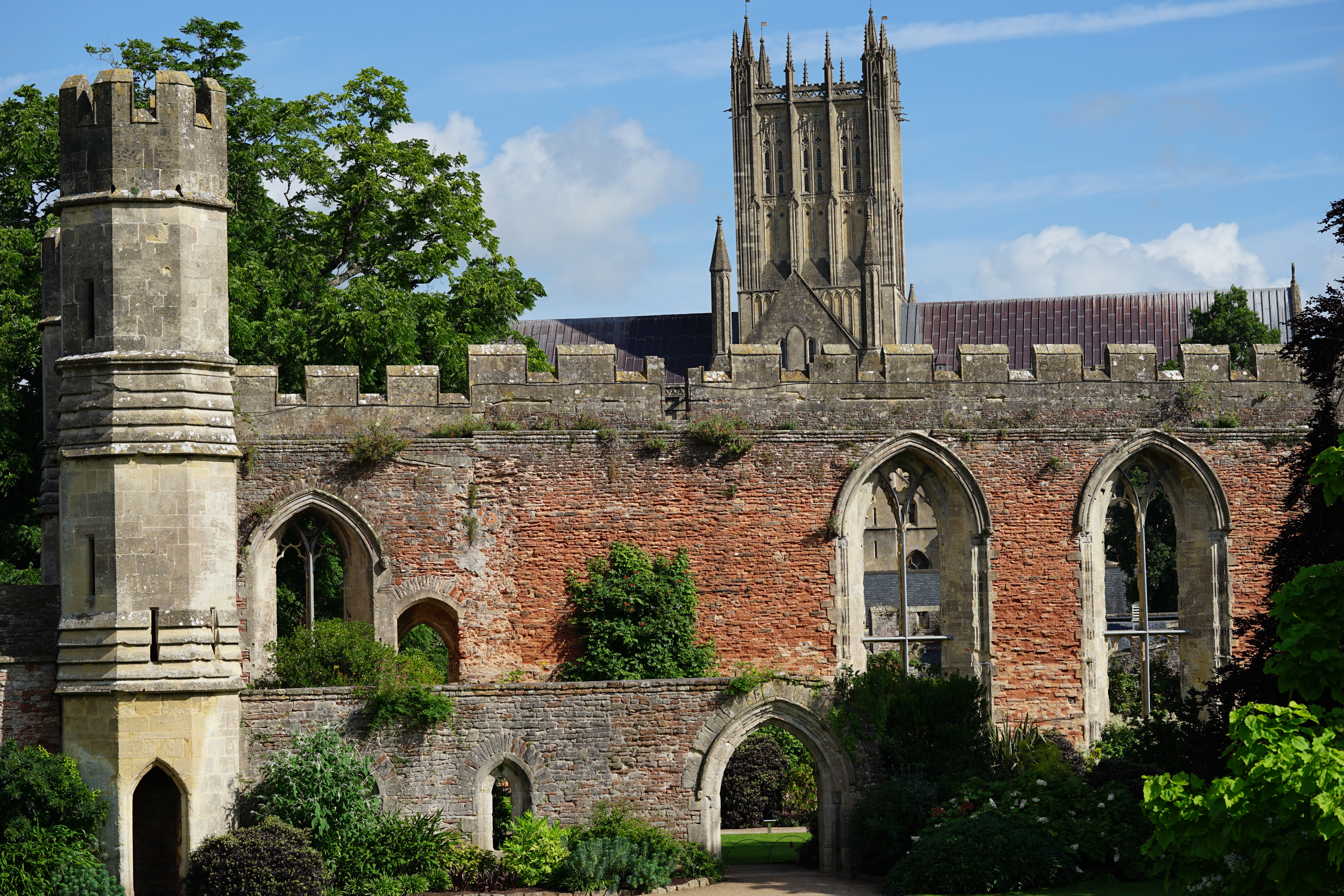
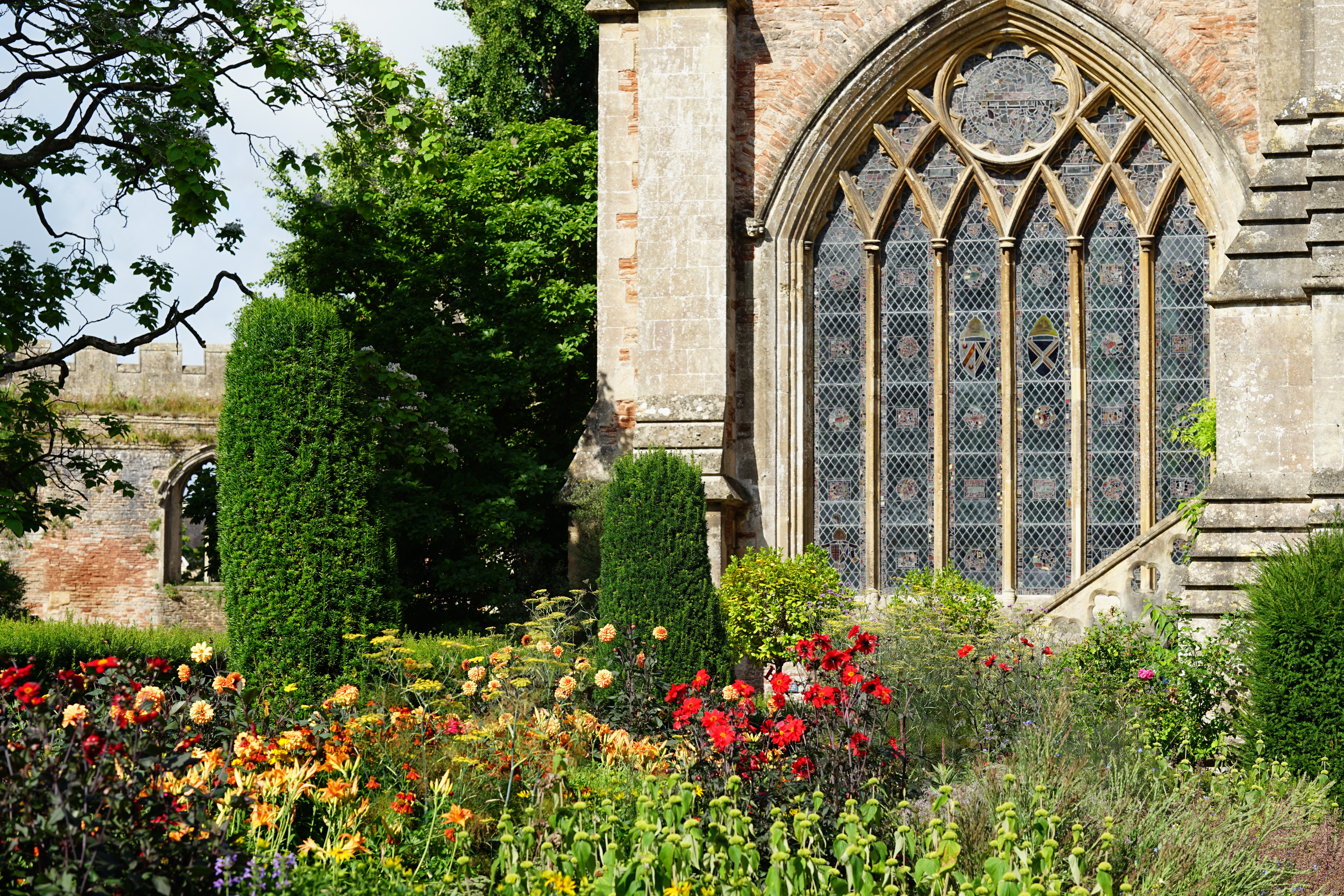
Sony's gorgeous G Master lenses have garnered a reputation as being some of the finest optics you can buy, and this long-awaited update to the 85mm f/1.4 continues that trend. It manages to improve on what many people thought was a near-perfect lens, delivering a configuration that's ideal for most portraiture scenarios. Where you need sharpness, it's sharp as a tack. Where you need dreamy, bokehlicious softness, it gives it to you in spades. It achieves this by doubling the complement of XA (extreme aspherical) elements included in the optical construction.
Autofocus speed has also been upgraded, driven by two XD (extreme dynamic) linear motors that Sony promises will deliver a seven-fold improvement in tracking of moving subjects. Somehow, even with all this, the weight has been reduced from the previous version, making the lens easier to use handheld. The aperture ring has a de-clicked option, and there's an Iris Lock switch to prevent it from being knocked out of place. It's undeniably a considerable investment but for portraiture, it rules the roost.
Read more: Sony FE 85mm F1.4 GM II review
Features ★★★★★ | From its optical path to its fast autofocus and handling exotica, the lens is packed with features. |
Design ★★★★★ | High-end design includes an aperture control ring with click/de-click options and dual function buttons. |
Performance ★★★★★ | Performance is simply fabulous, from all aspects of image quality to quick, reliable autofocus. |
Value ★★★★☆ | It’s a very expensive lens, costing about twice as much as the directly competing Sigma. |
Best macro photography lens for the A7 IV
Specifications
Reasons to buy
Reasons to avoid
Most of the lenses on my list will focus close enough for flowers and decorations, but if you want to capture something as small as a wedding ring, you need a proper macro lens. At its minimum focus distance of 0.28 meters, the Sony FE 90mm f/2.8 Macro G OSS lens delivers full 1.0x or 1:1 magnification.
That basically means that small objects are reproduced on the camera’s image sensor at full life size. Naturally, if you’re filling the whole image frame with something as small as a postage stamp, the potential for massively enlarging tiny details is enormous.
Beautifully built, this lens has up-market handling attractions including a customizable focus hold button, autofocus range limiter switch, and Optical SteadyShot.
Given that manual focusing is often preferred for extreme close-up shooting, there’s also a handy push-pull mechanism in the focus ring, for switching between auto and manual focus modes. It is pretty big and expensive, but keep in mind that it could also double as a portrait lens. You won't get the same background blur from its smaller f/2.8 maximum aperture, but you will still get the same flattering portrait perspective.
Read more: Sony FE 90mm f/2.8 Macro G OSS review
Features ★★★★★ | Smart features include a function button, autofocus range limiter switch and optical stabilization. |
Design ★★★★☆ | The focus distance scale is an upside but the push/pull auto/manual focus ring feels a bit antiquated |
Performance ★★★★☆ | Image quality is excellent but the effectiveness of stabilization is limited for extreme close-up shooting. |
Value ★★★★☆ | It’s not overly expensive for a top-flight macro lens but also not the greatest value for money. |
Best astrophotography lens for the A7 IV
Specifications
Reasons to buy
Reasons to avoid



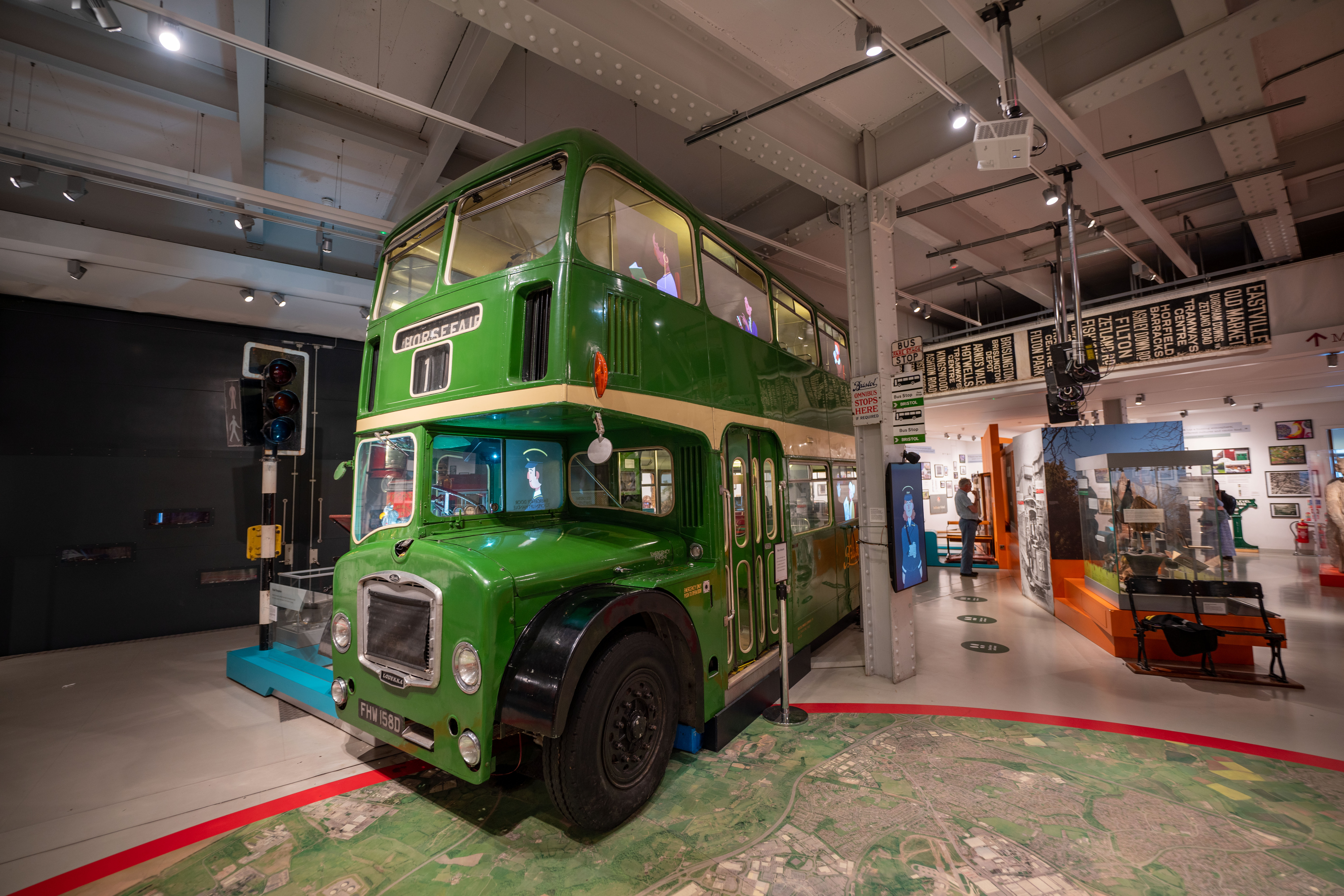
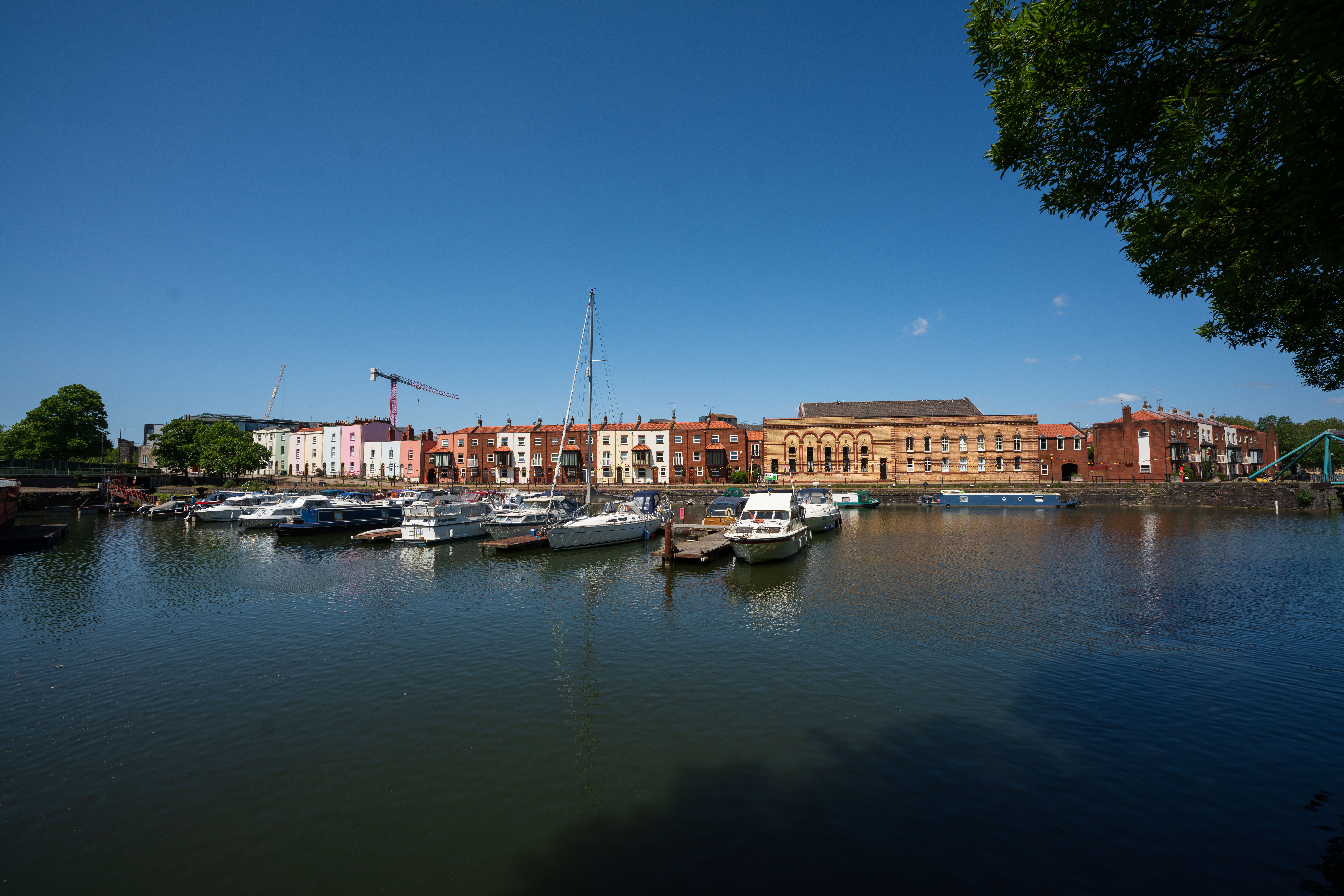
This is a beast of a lens that is designed for astrophotographers - offering an impressive f/1.4 maximum aperture, with an ultra-wide 14mm focal length that is great for photographing nightscapes of the Milky Way. Sigma's previous 14mm for DSLR cameras could only manage f/1.8 - so this mirrorless-only version is a world-record breaker.
Its light-gathering powers come into their own after dark but this is no one-trick pony – it’s also great for shooting landscapes, cityscapes, and architectural interiors, giving fabulous image quality backed up by superb handling and excellent build quality. As proved by our laboratory tests, levels of sharpness are thoroughly excellent across the whole image frame, even when shooting wide-open at f/1.4.
Read more: Sigma 14mm f/1.4 DG DN Art review
Features ★★★★★ | Top features include an autofocus lock button, manual focus lock and click/de-click aperture ring. |
Design ★★★★★ | The lens is designed with astrophotography in mind but works great for other scenarios. |
Performance ★★★★★ | Sharpness is excellent across the whole frame even at f/1.4, which is no mean feat for such a wide-angle lens. |
Value ★★★★☆ | It’s a pricey lens but there’s some big, extremely high-precision glass inside. Overall, it’s very good value. |
Lab data and comparisons
The graphs below show the comparative performance of the lenses in this guide, based on our in-house lab tests. The Sony FE 50mm and 85mm come up trumps for sharpness and the FE 35mm isn't far behind. Color fringing and distortions are pretty low across the board, apart from the Sigma 14mm which shows clearly noticeable barrel distortion. Automatic in-camera corrections for these aberrations are available with the Sony A7 IV.
Scores for sharpness and color fringing are averaged from data taken across the entire image frame, from the center to the edges and corners, throughout the aperture range. For zoom lenses, the scores are also averaged from data measured at all marked focal lengths, and the same applies to distortion. Bear in mind that these average values don't fully reflect specific areas of performance. For example, a zoom lens might have noticeable barrel distortion at its shortest focal length, which is less obvious when everything is averaged out. For more detailed graphs of each lens's performance, take a look at the graphs published in our full standalone reviews.
How to choose the best lens for the Sony A7 IV
The A7R III and A7R IV, like all Alpha 7 cameras, use the Sony E lens mount. Sony’s own E-mount lenses have either FE or E in their model names: all work on the A7R III and A7R IV. FE lenses are designed for use with full-frame Sony cameras, including the A7R III and A7R IV, so these should be your first choice. If you are buying a third-party E-mount lens, check that the lens is designed for use with full-frame Sonys.
Sony lenses with an E (rather than FE) prefix are designed for APS-C format cameras such as the A6000 series. On the A7R III and A7R IV, they produce a cropped image, so they’re not an ideal choice.
Check out our guide to the best Sony lenses if you want to know more
How we test lenses
The lens experts in our testing lab run a range of tests under controlled conditions, using the Imatest Master testing suite. Photos of test charts are taken across the range of apertures and zooms (where available), then analyzed for sharpness, distortion and chromatic aberrations.
We use Imatest SFR (spatial frequency response) charts and analysis software to plot lens resolution at the centre of the image frame, corners and mid-point distances, across the range of aperture settings and, with zoom lenses, at four different focal lengths.
There's more to it than just the technical side, though! Beyond the lab, our reviewers test lenses in real-world environments – and sometimes on professional shoots! We work with lenses both indoors and outdoors, in studio conditions and in natural light, with as many different subjects as is possible (or appropriate – there's no point testing a landscape lens' ability to shoot a portrait!).
We take into account everything from handling and ease of use to speed of autofocus and the overall quality of the images produced.
Find out more about how we test and review on Digital Camera World
The best camera deals, reviews, product advice, and unmissable photography news, direct to your inbox!

Rod is an independent photography journalist and editor, and a long-standing Digital Camera World contributor, having previously worked as DCW's Group Reviews editor. Before that he has been technique editor on N-Photo, Head of Testing for the photography division and Camera Channel editor on TechRadar, as well as contributing to many other publications. He has been writing about photography technique, photo editing and digital cameras since they first appeared, and before that began his career writing about film photography. He has used and reviewed practically every interchangeable lens camera launched in the past 20 years, from entry-level DSLRs to medium format cameras, together with lenses, tripods, gimbals, light meters, camera bags and more. Rod has his own camera gear blog at fotovolo.com but also writes about photo-editing applications and techniques at lifeafterphotoshop.com
